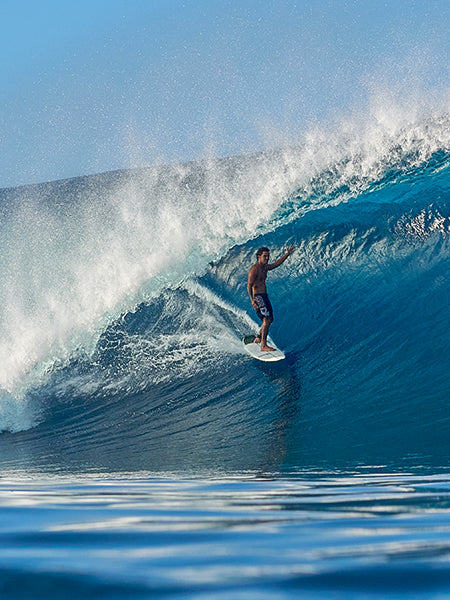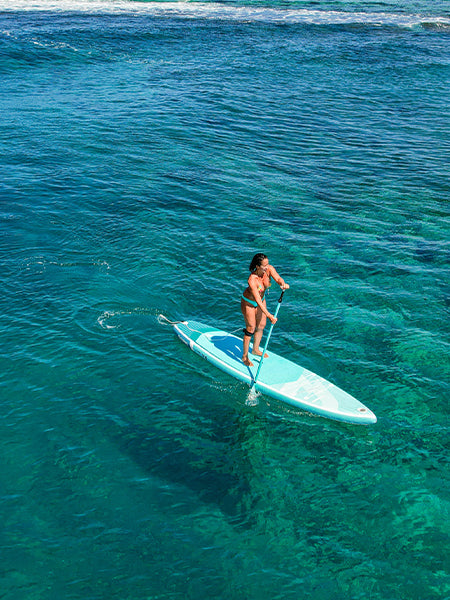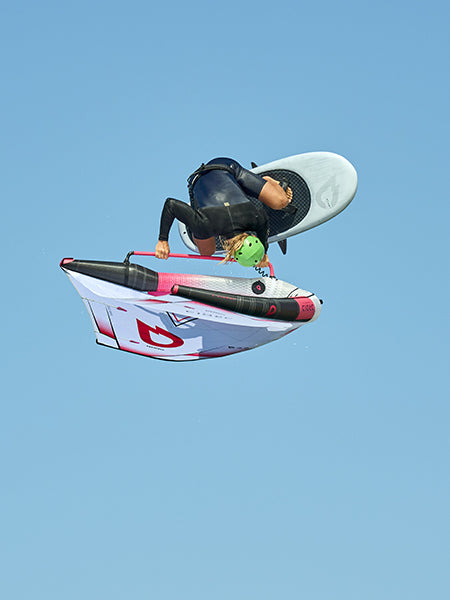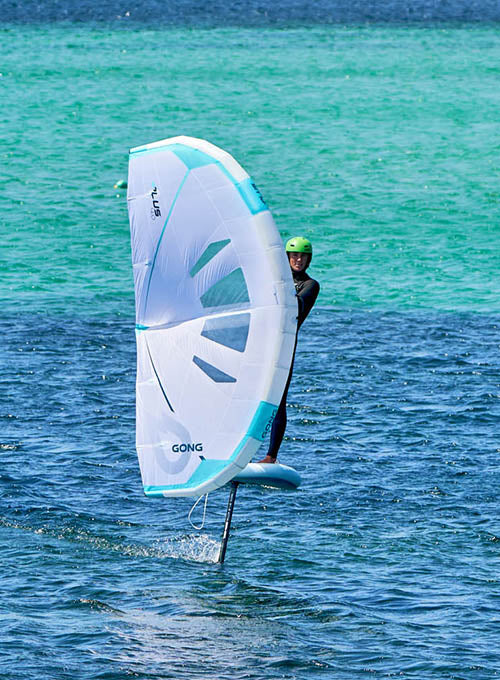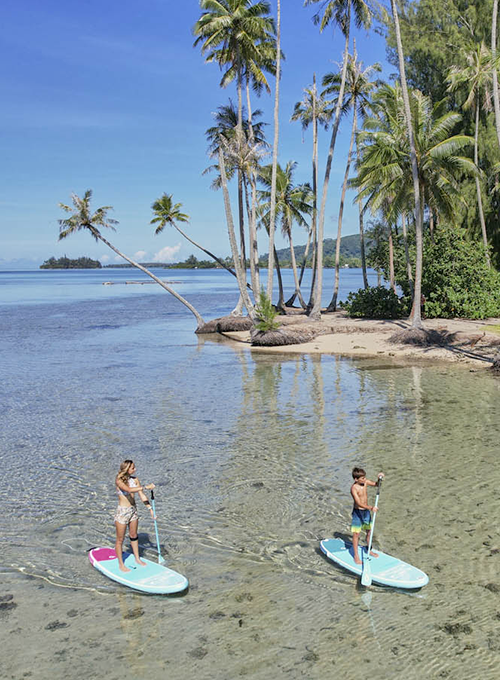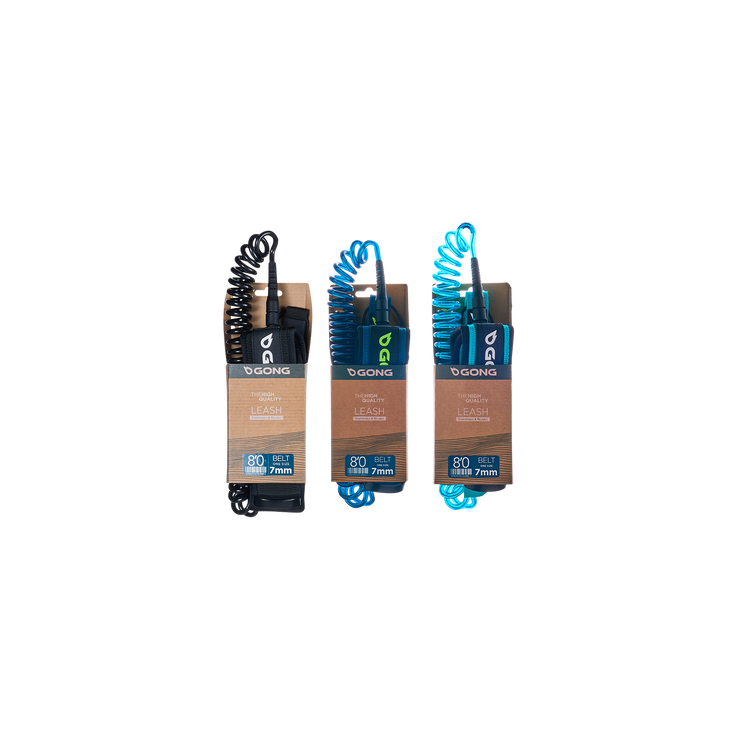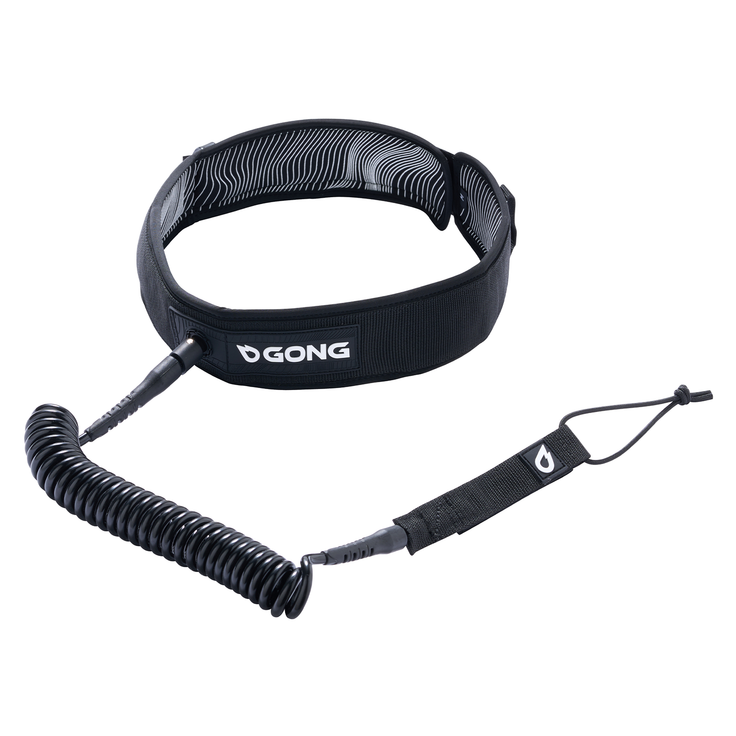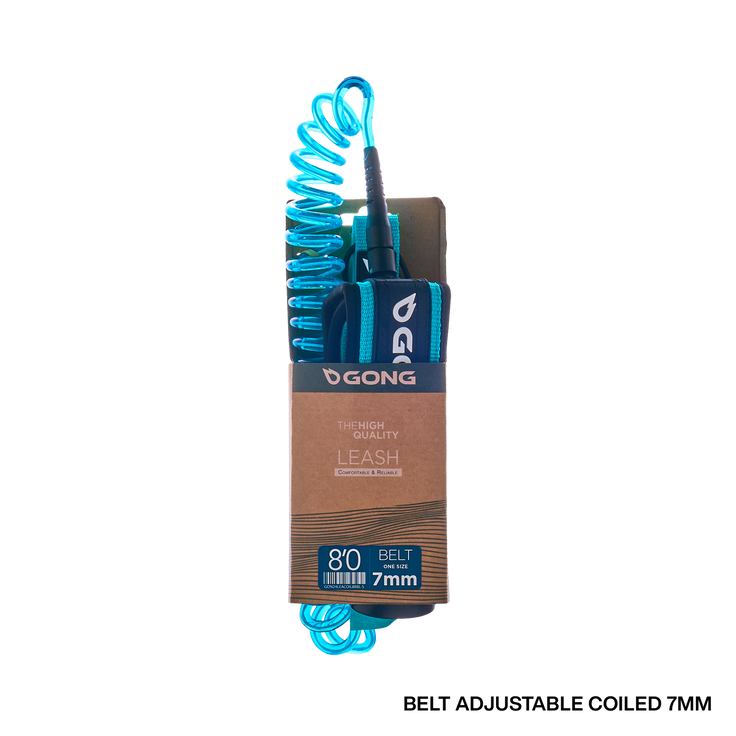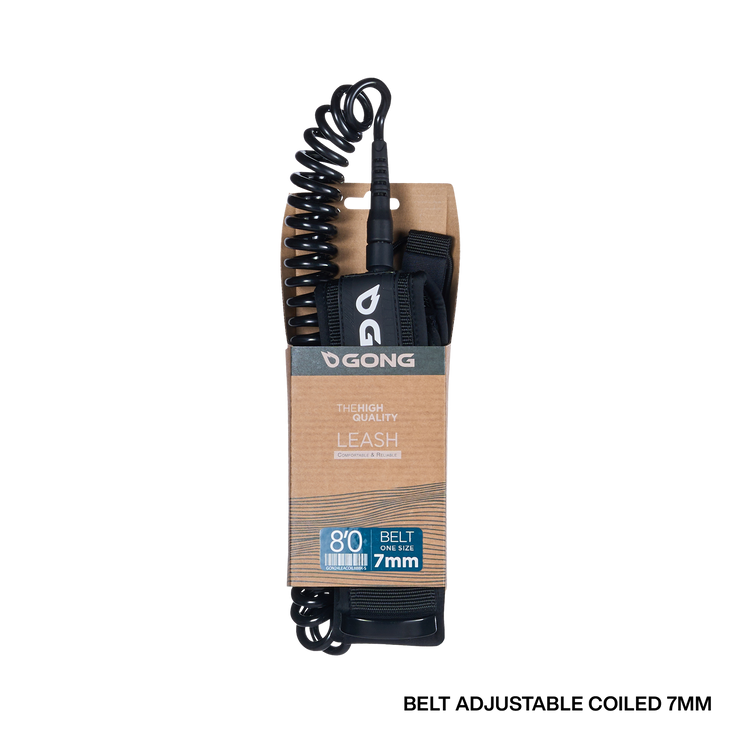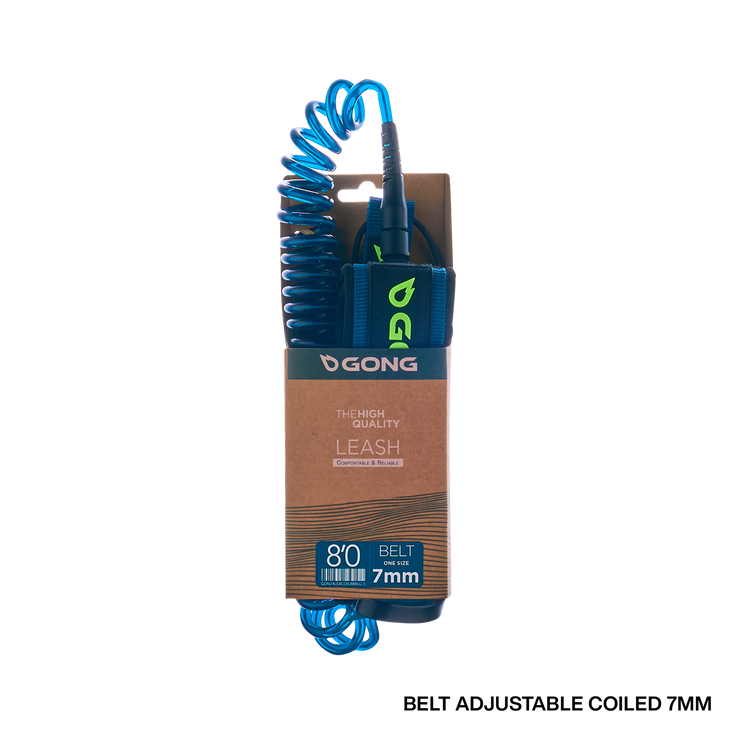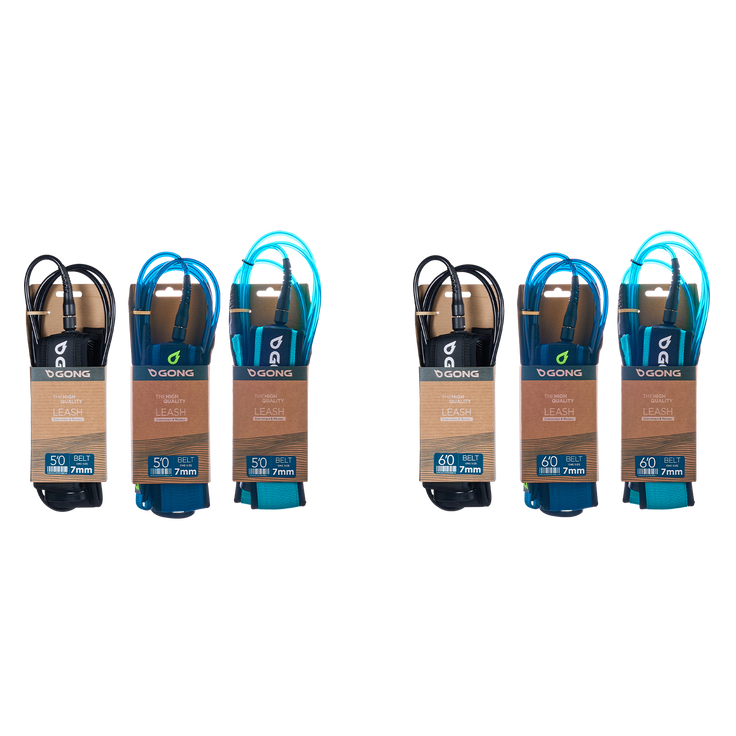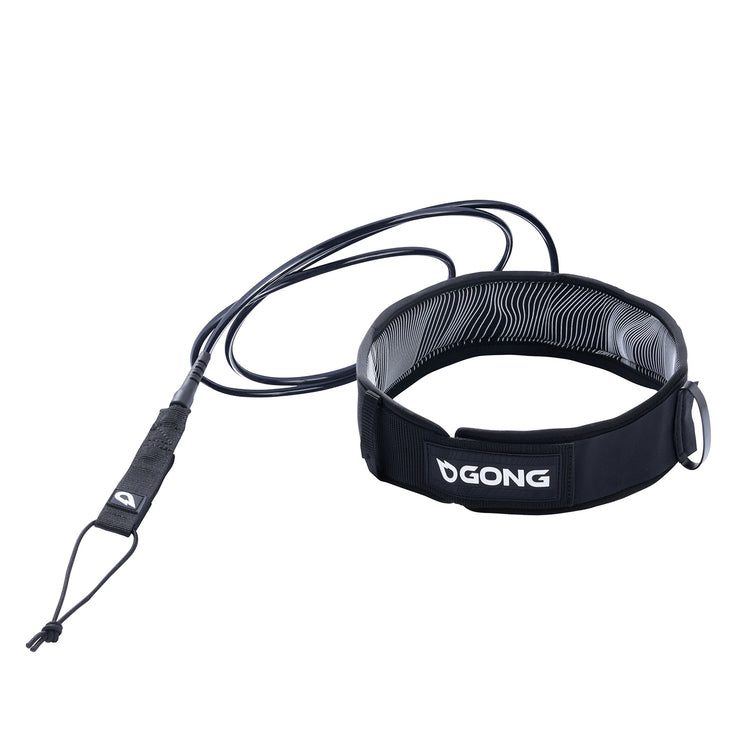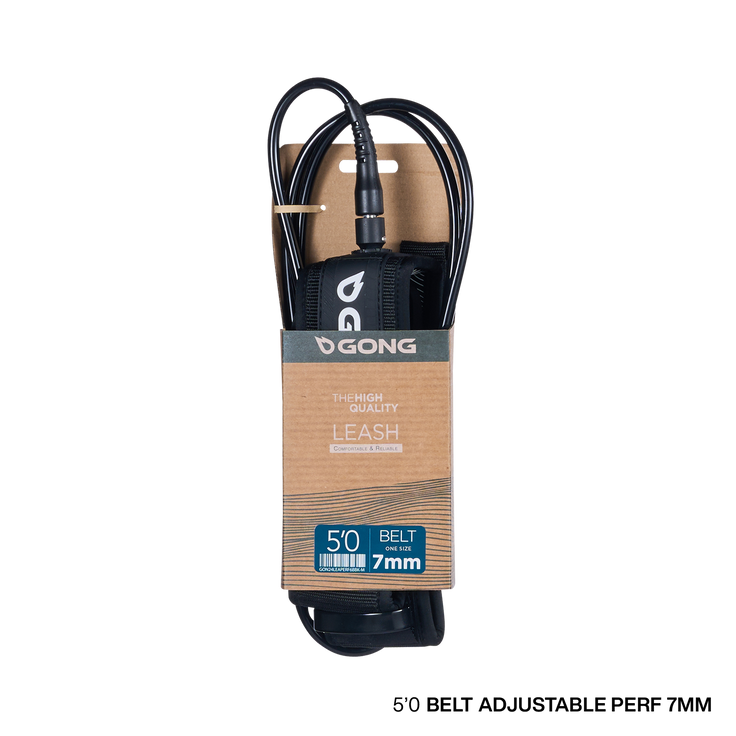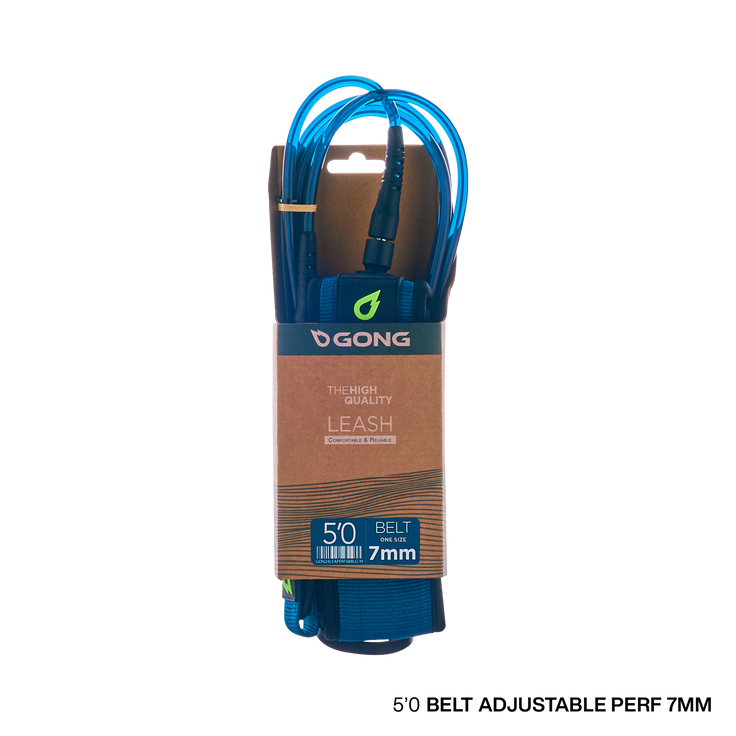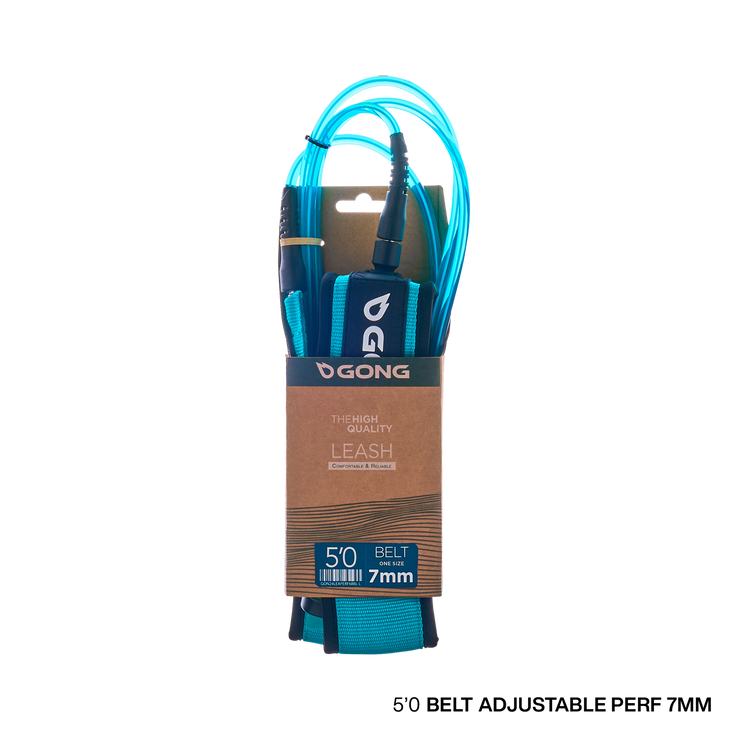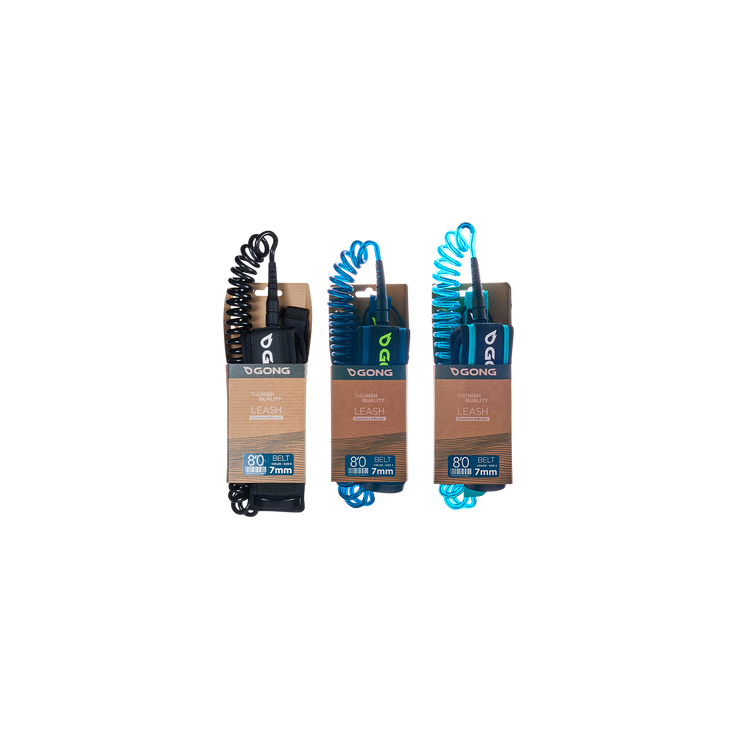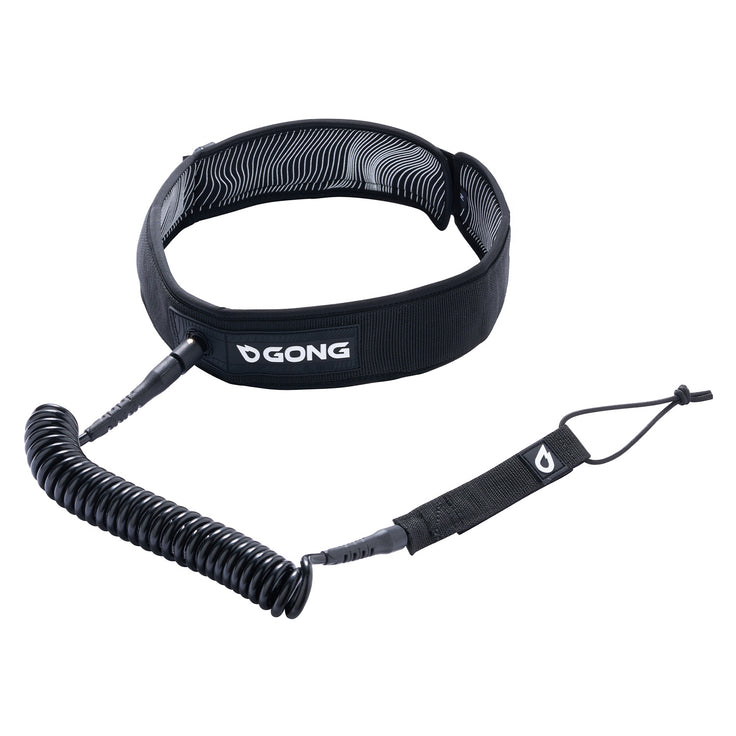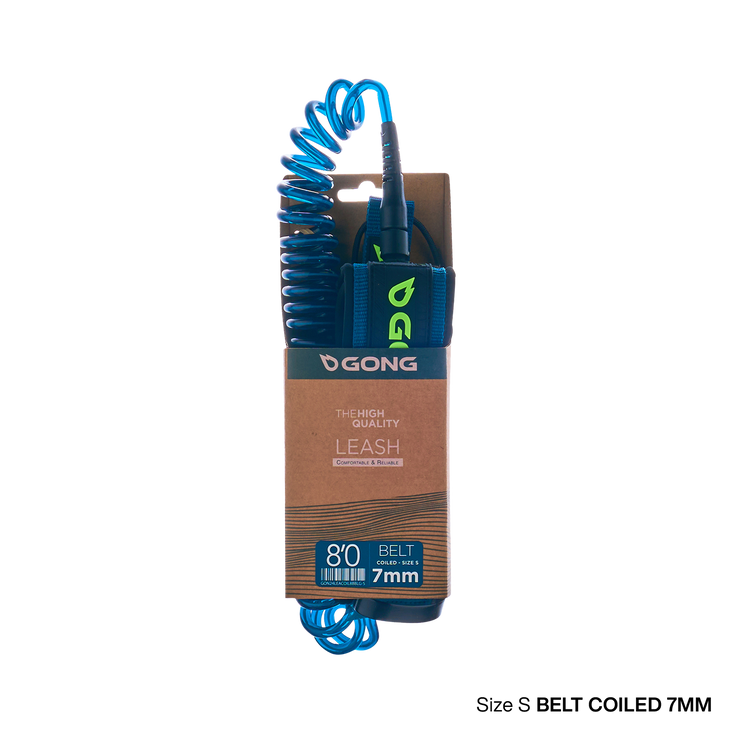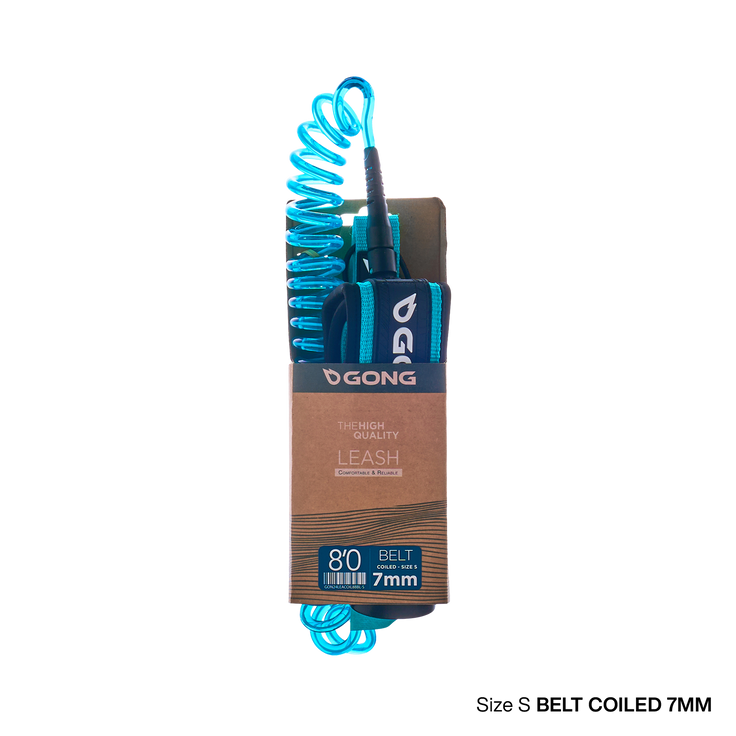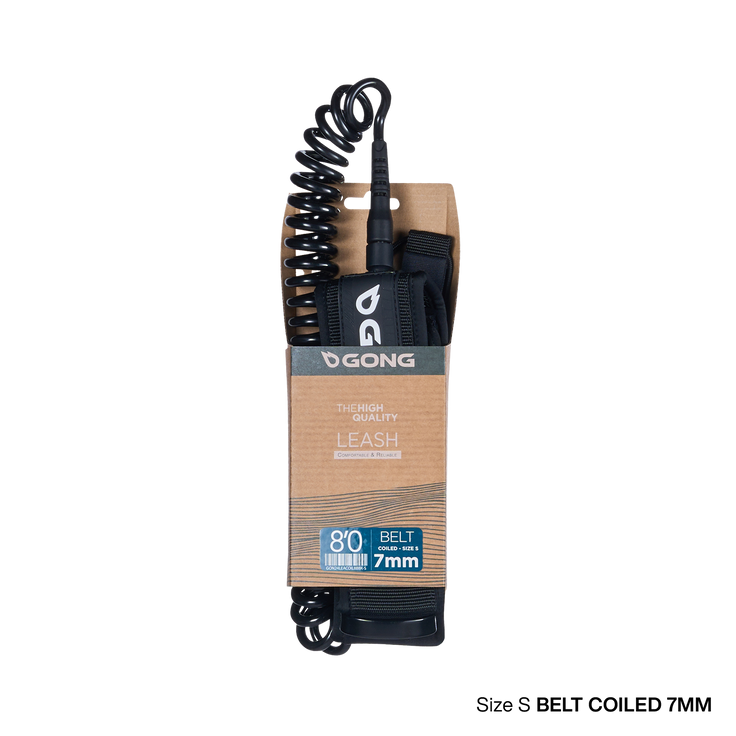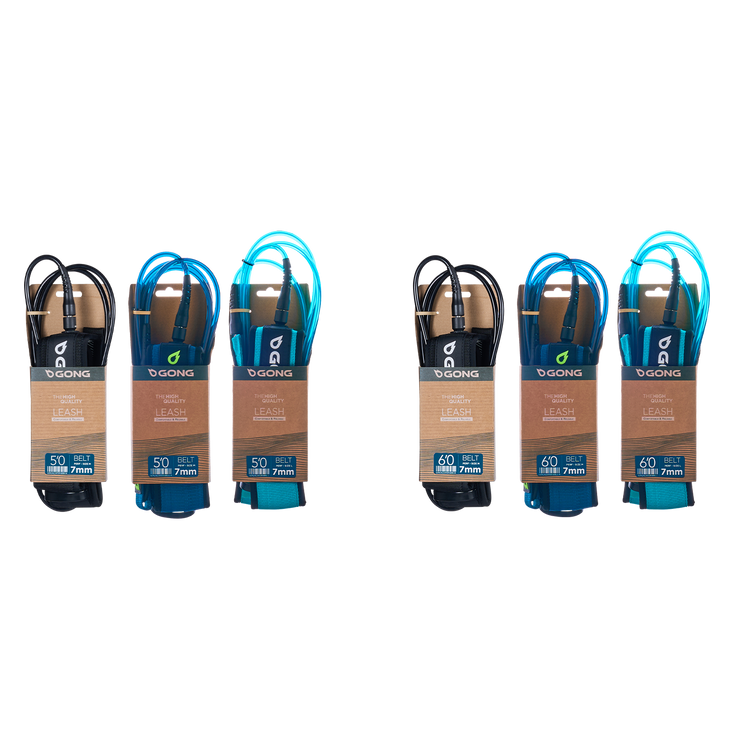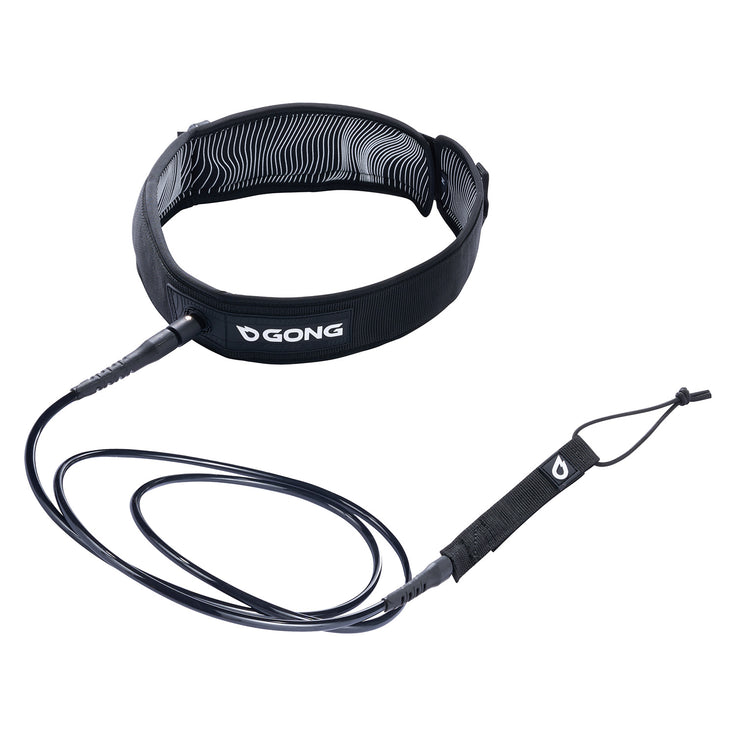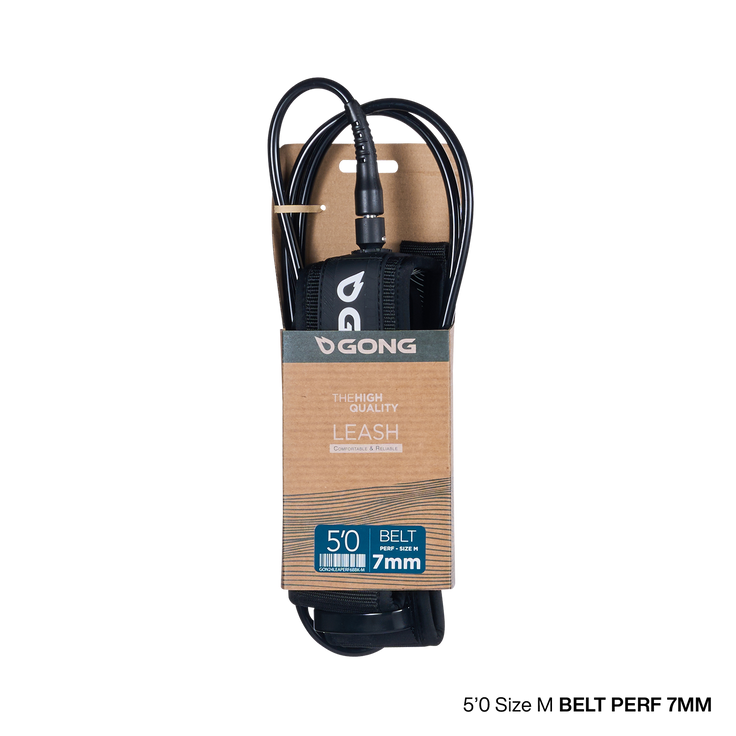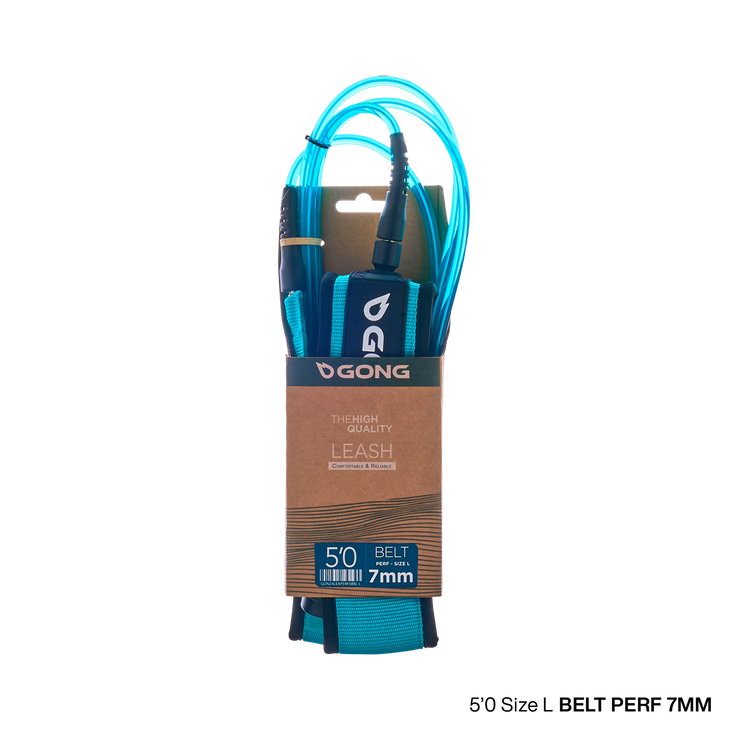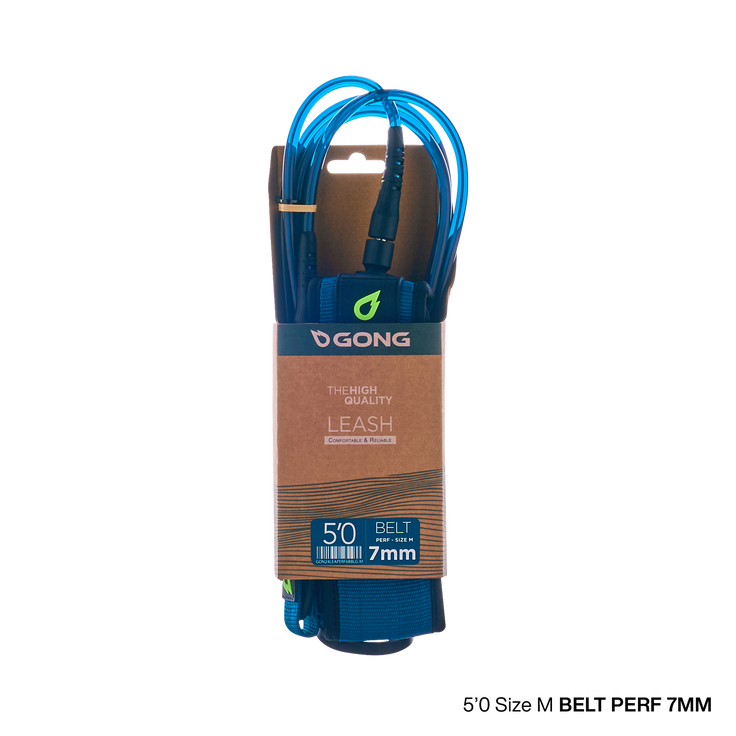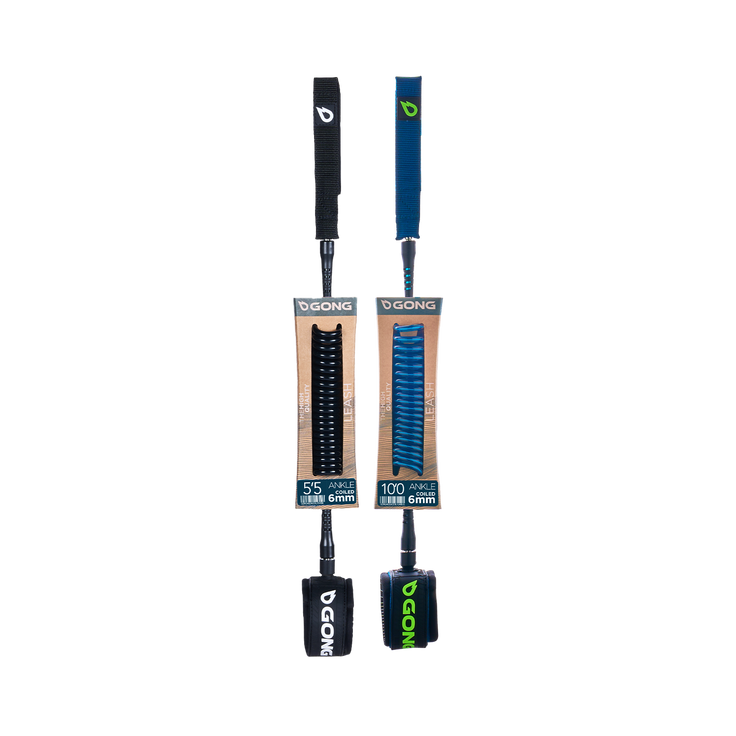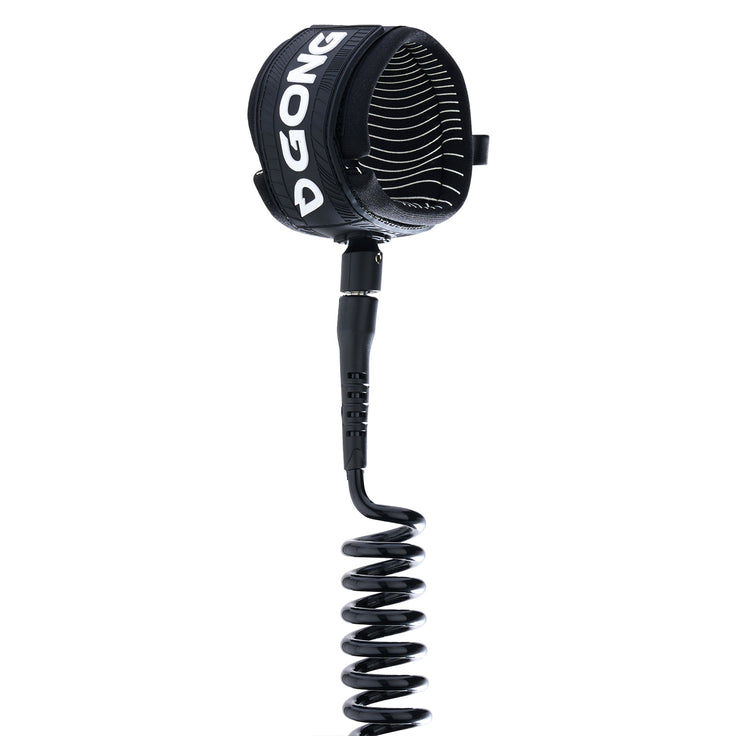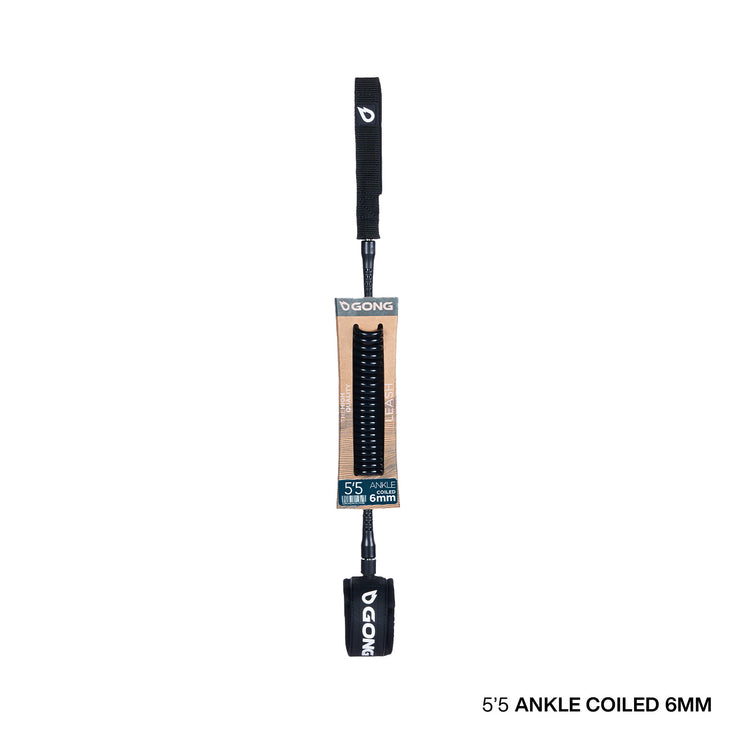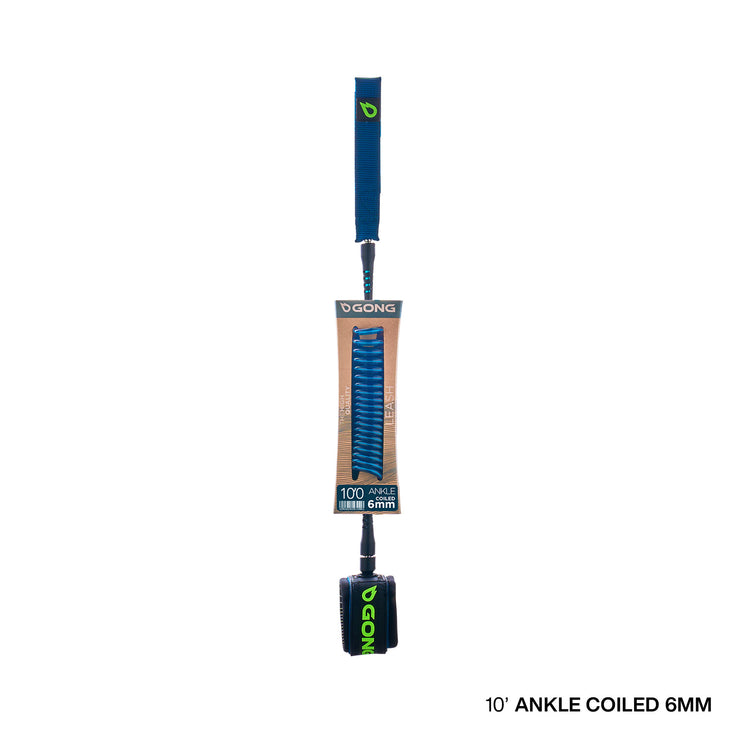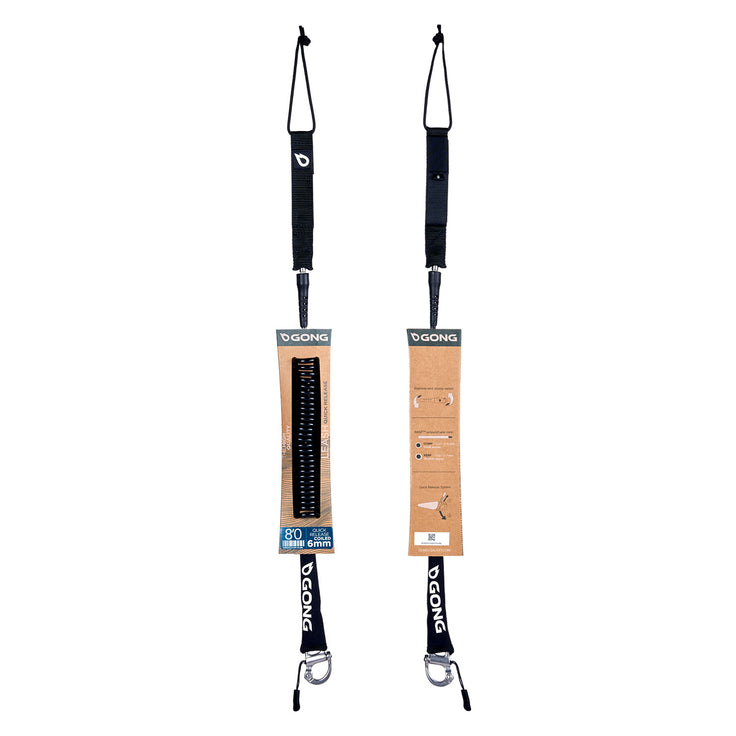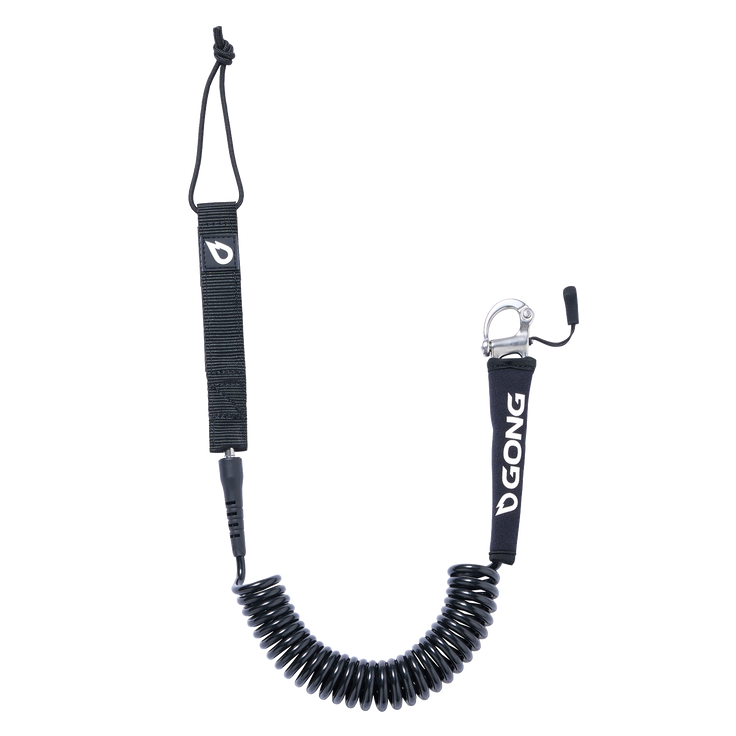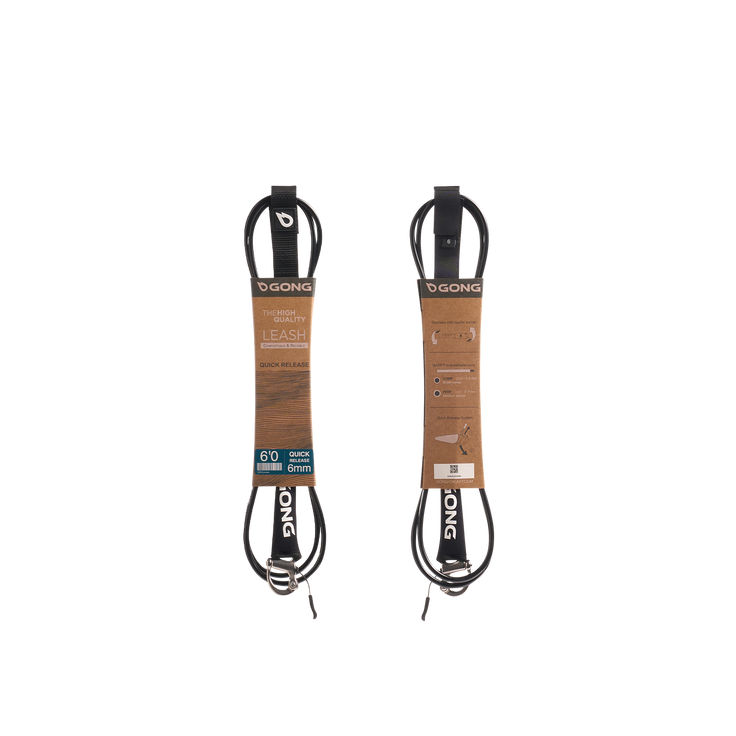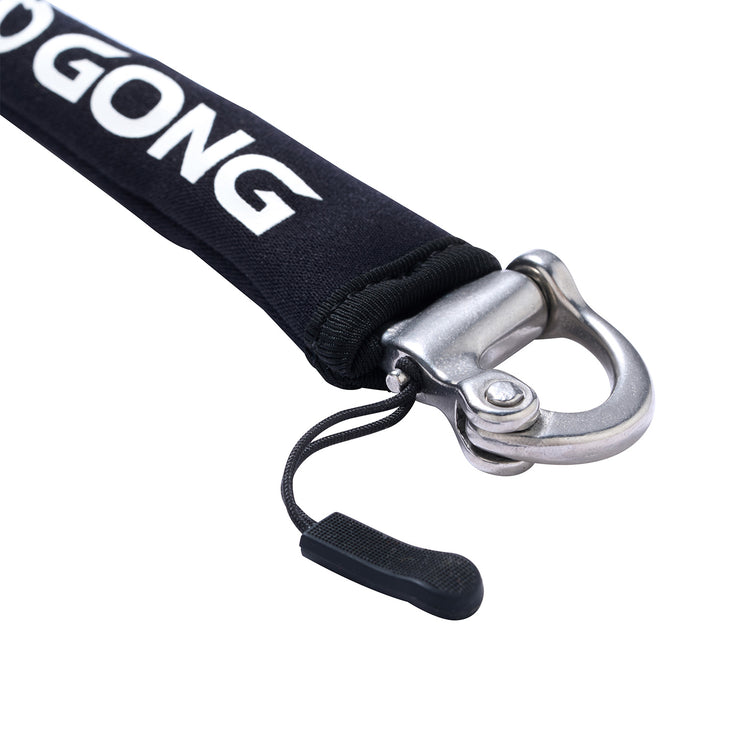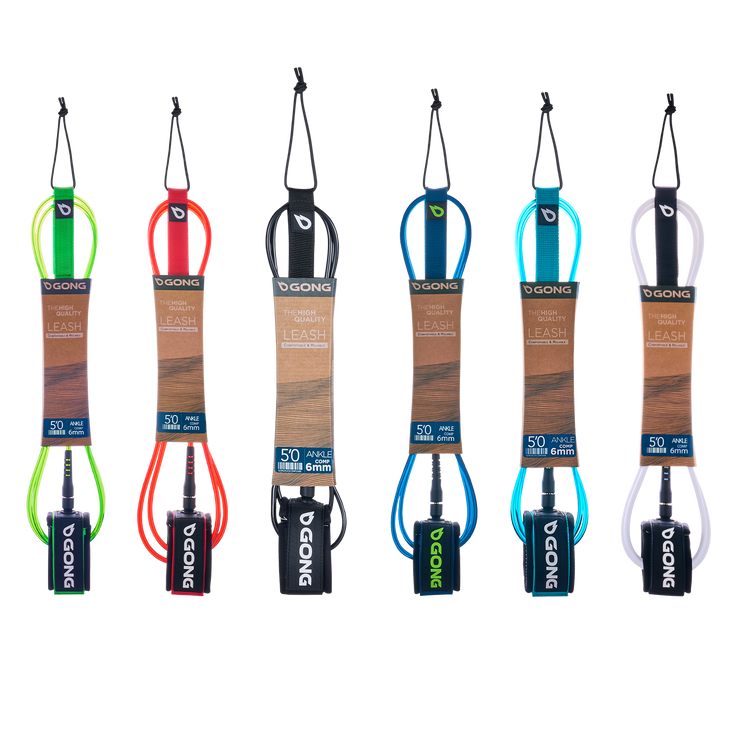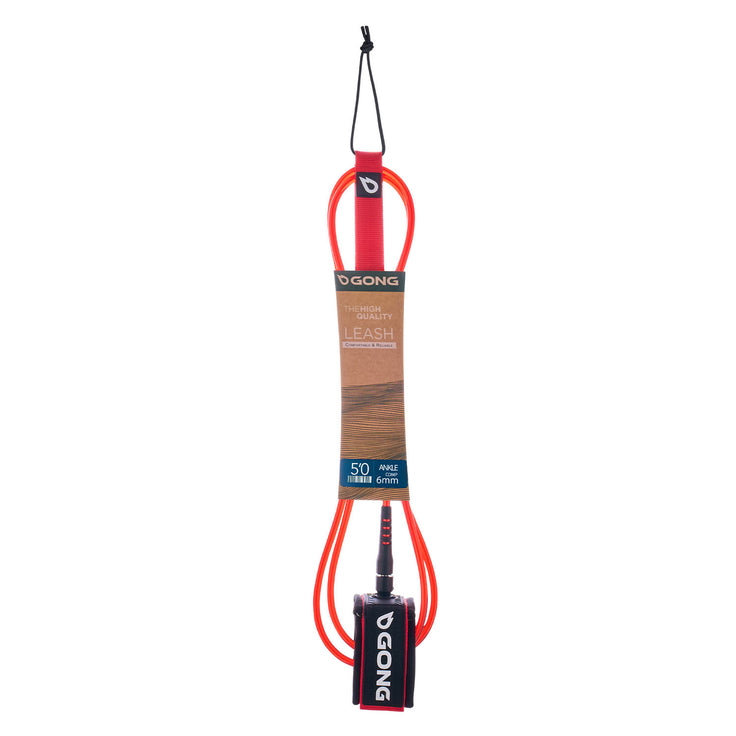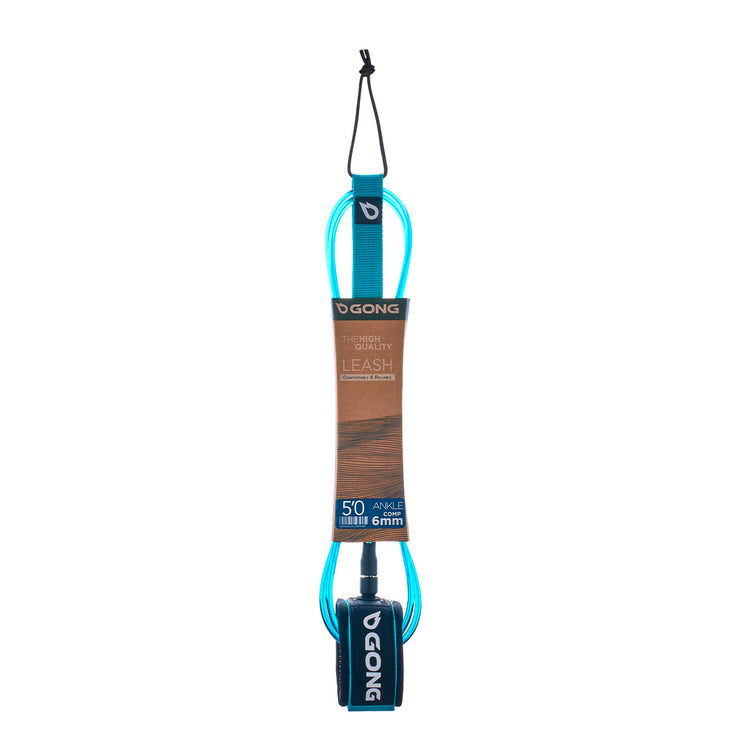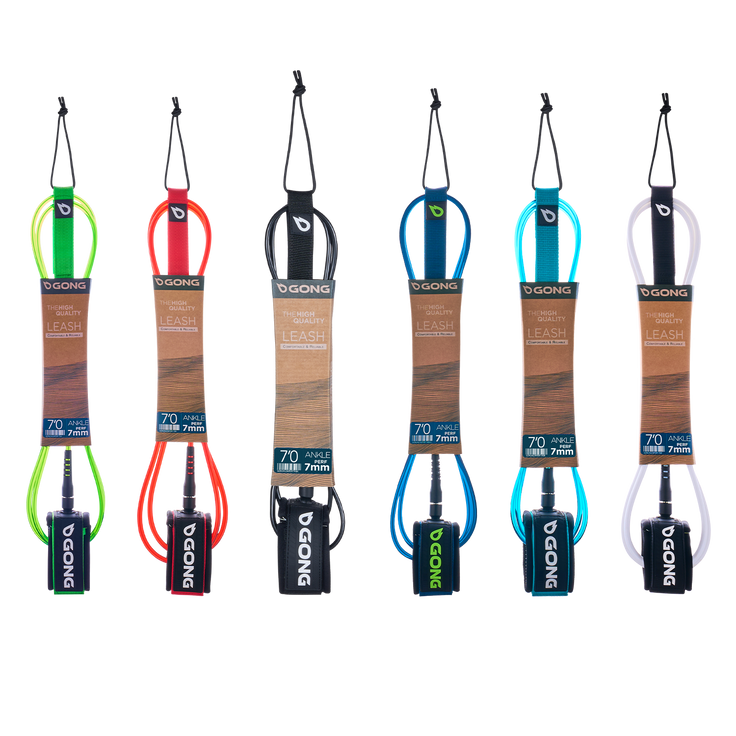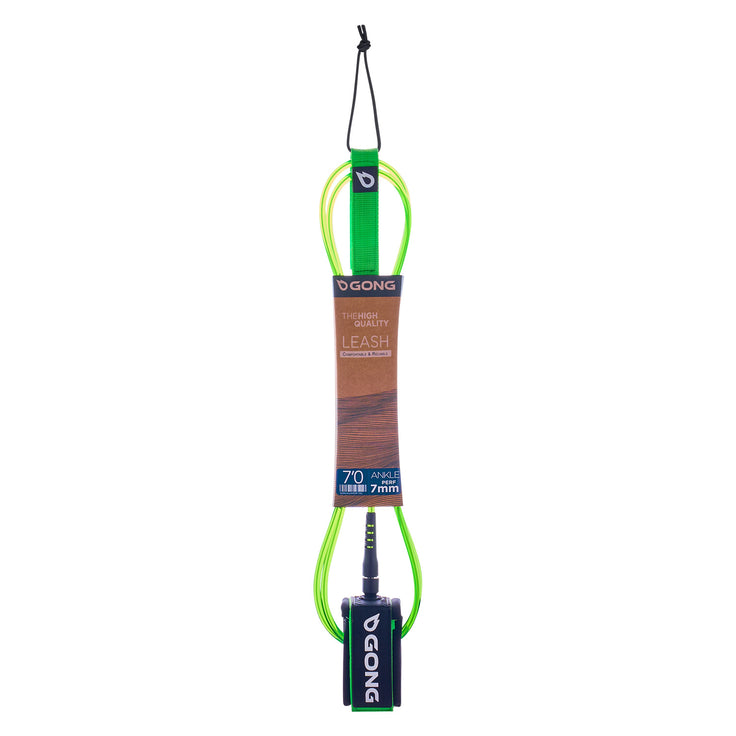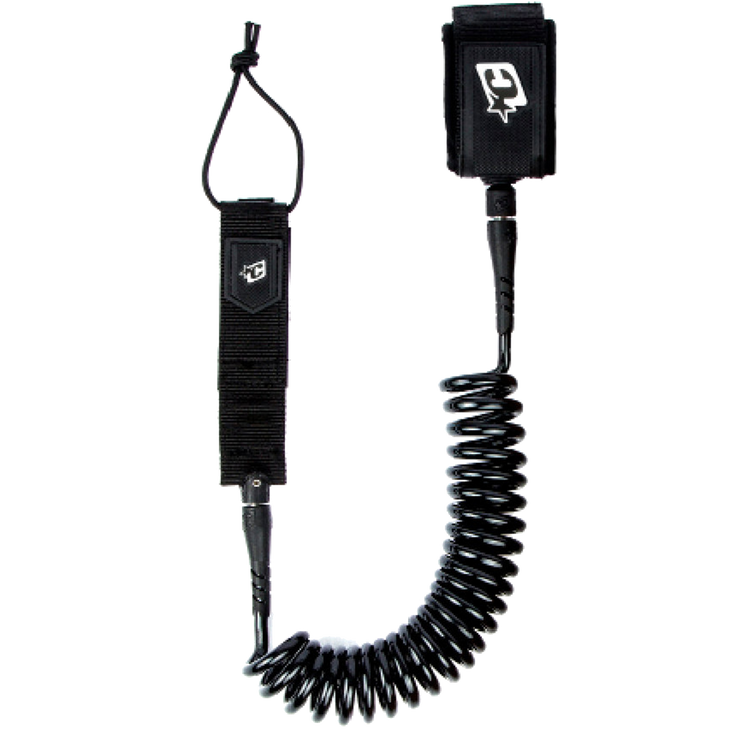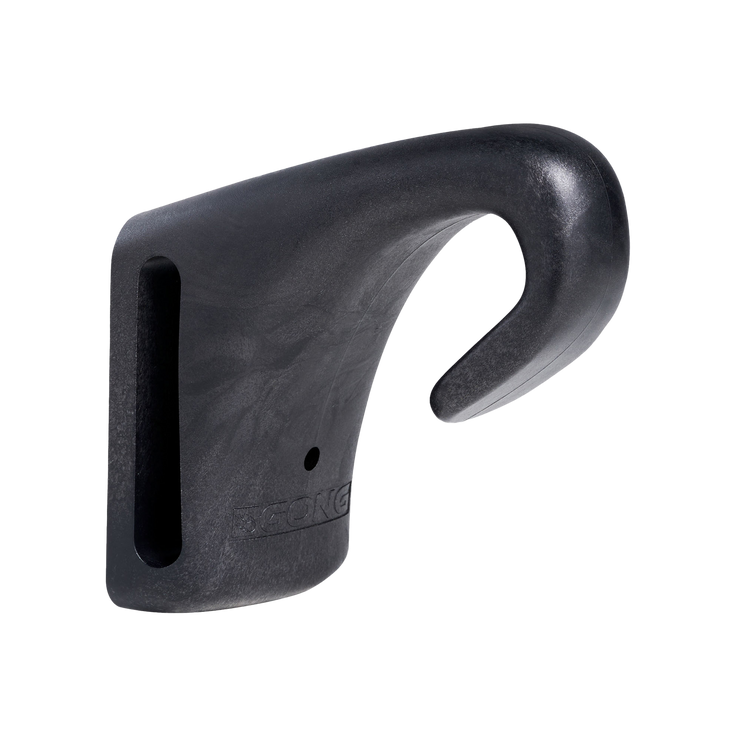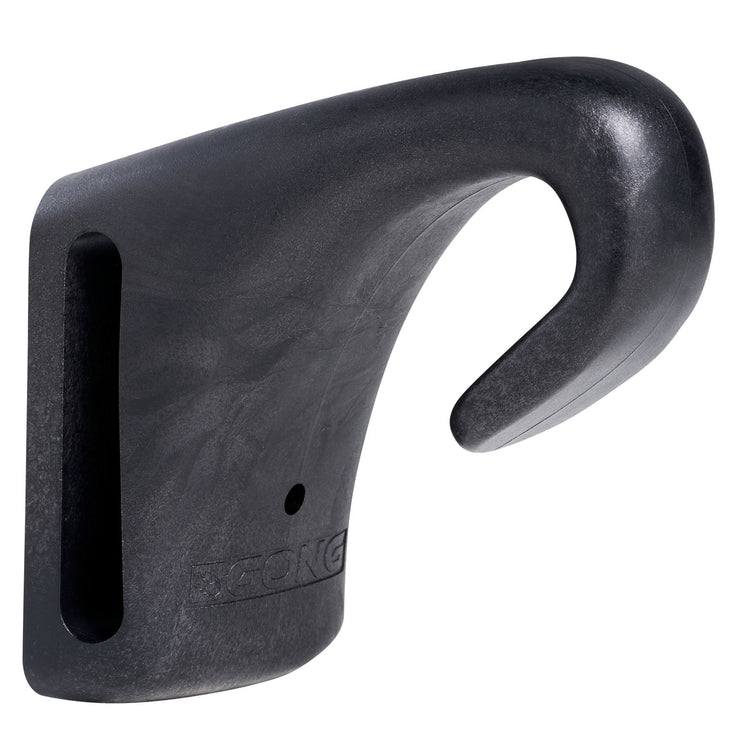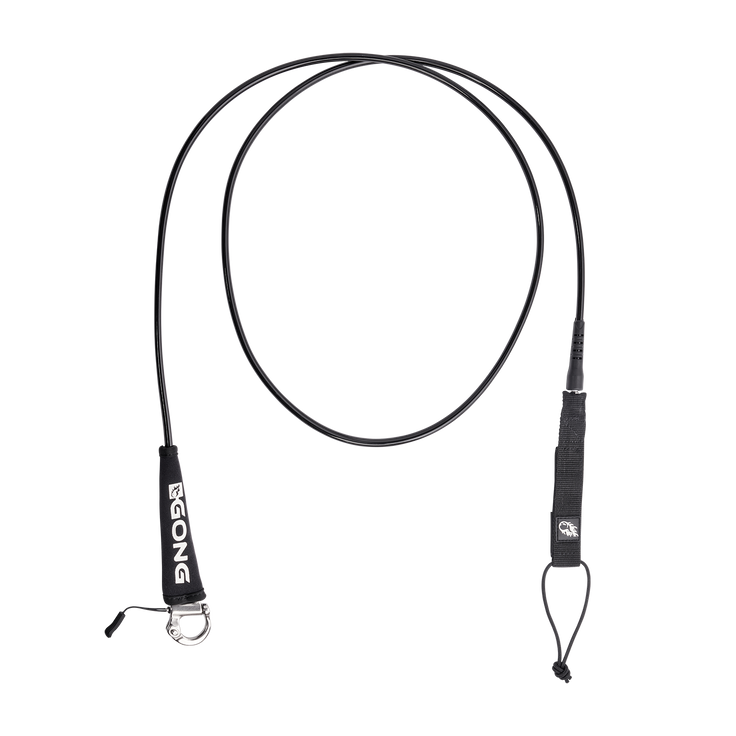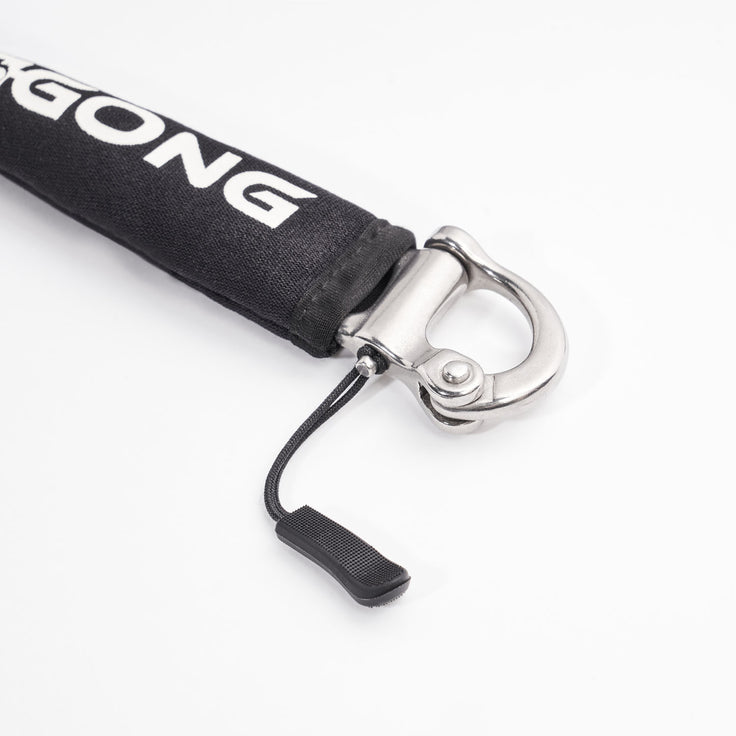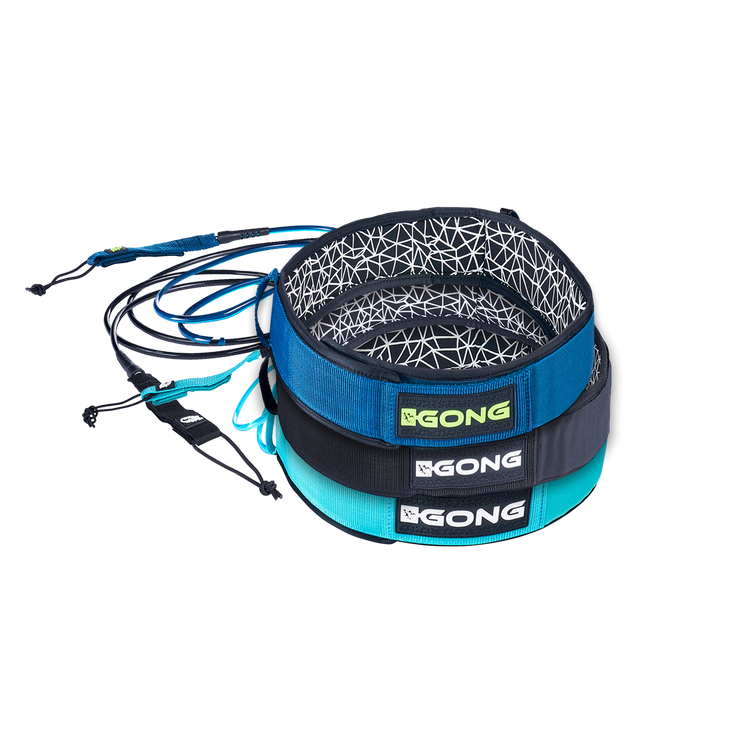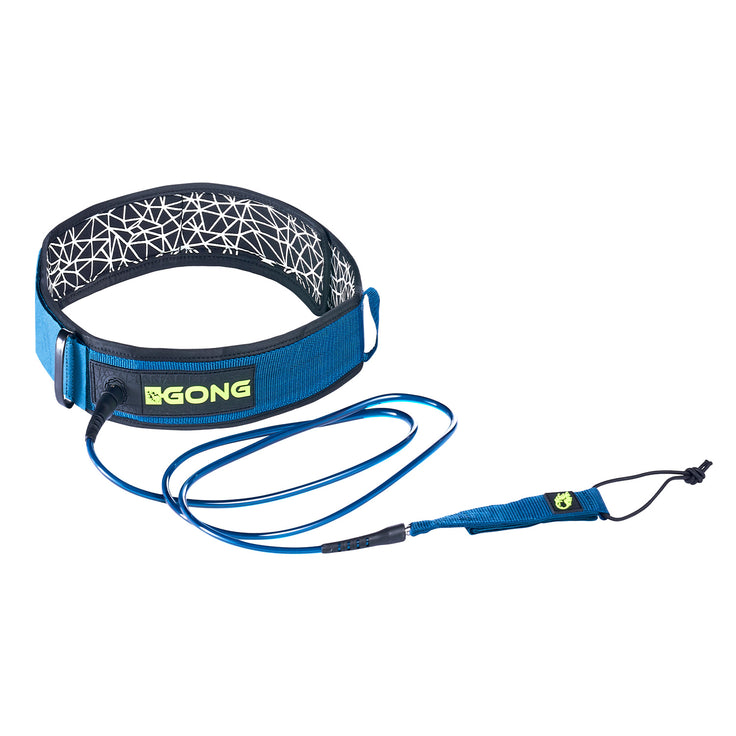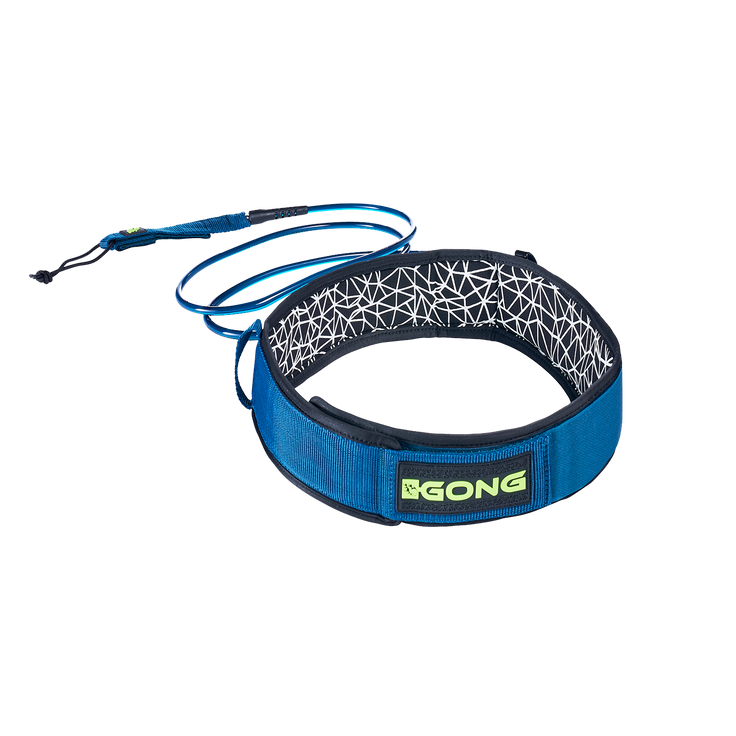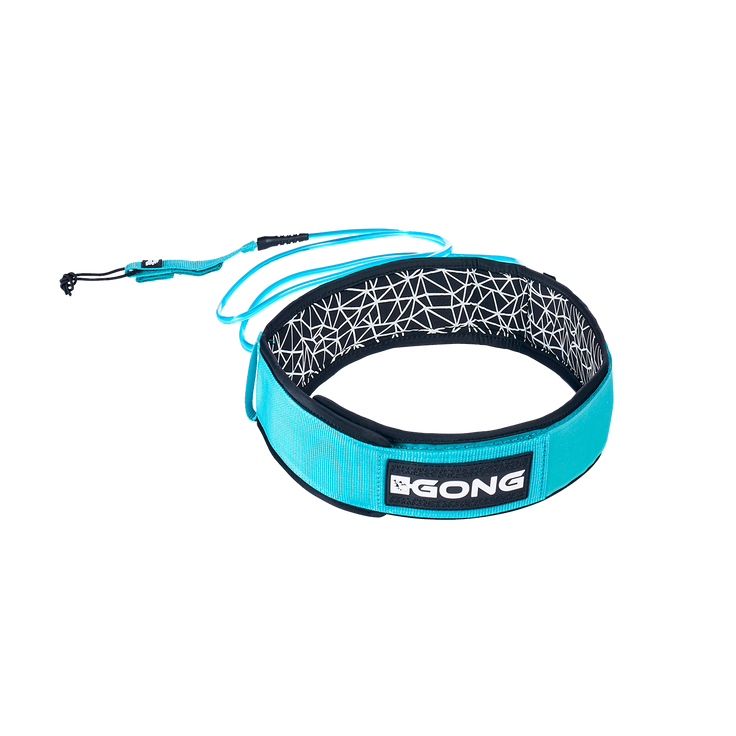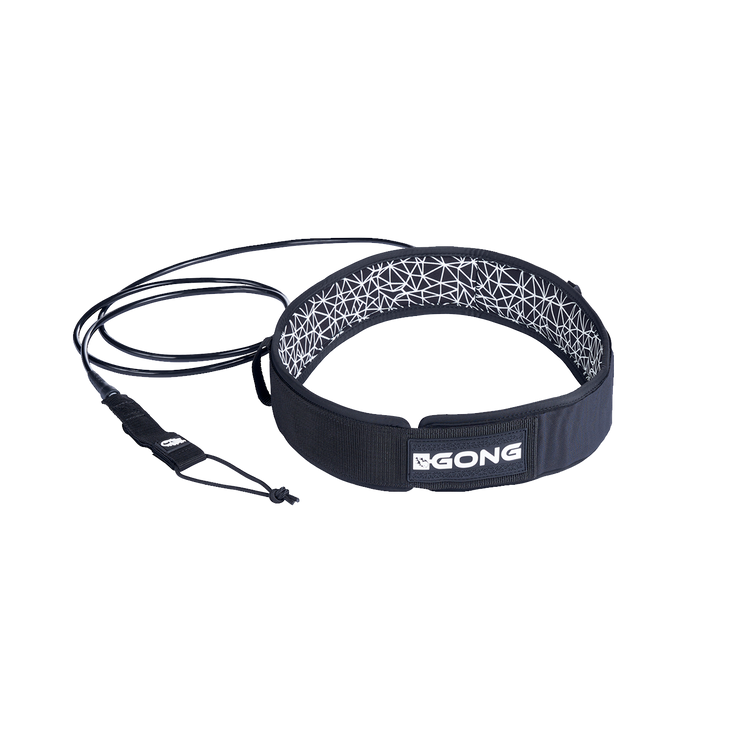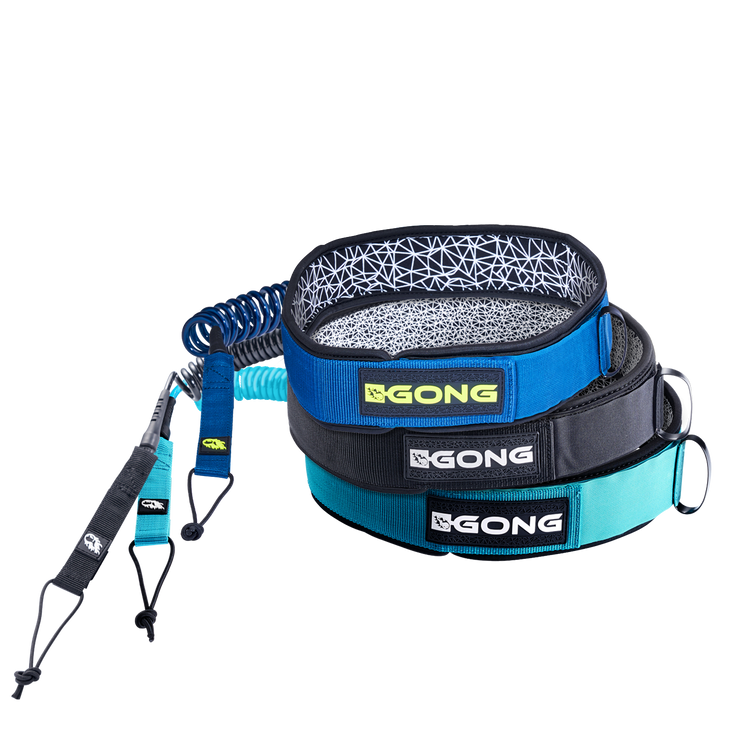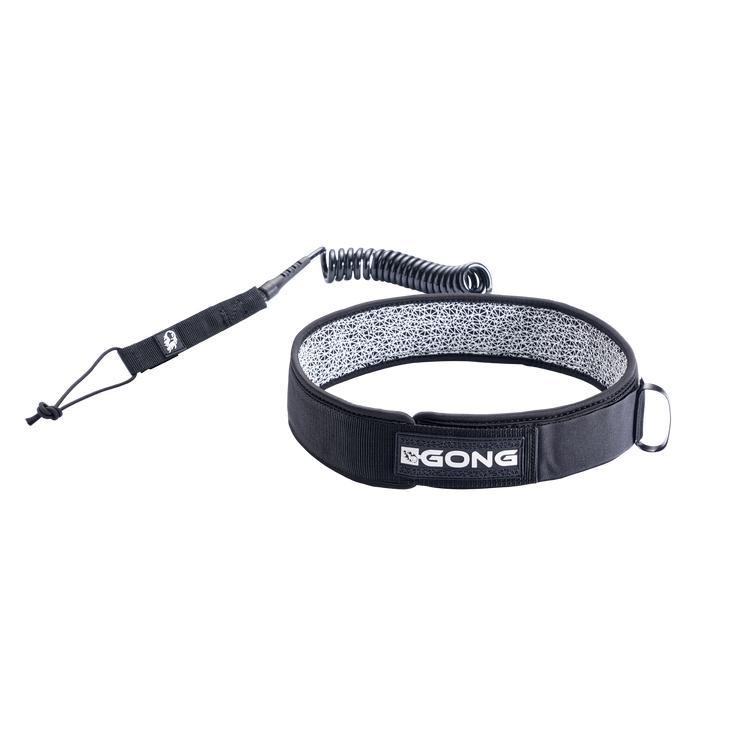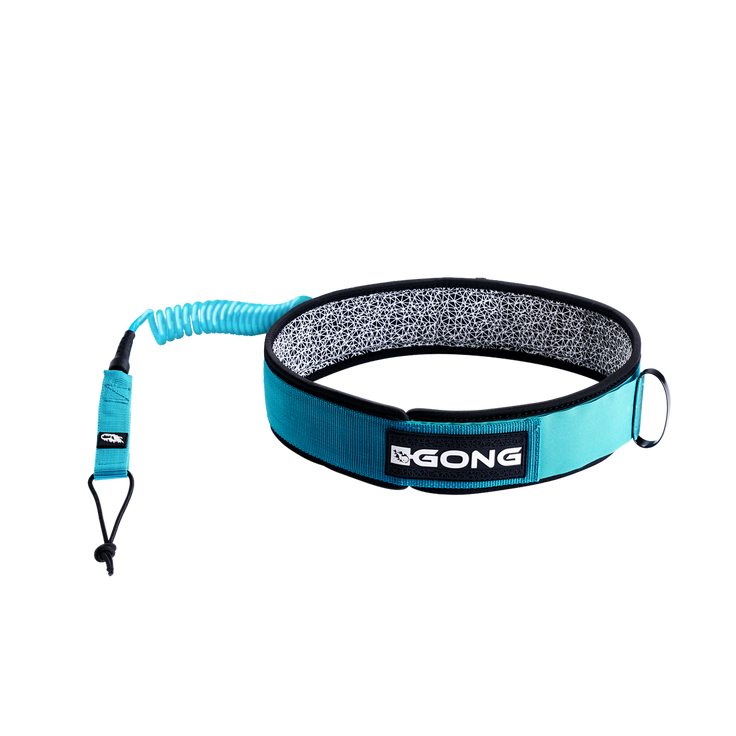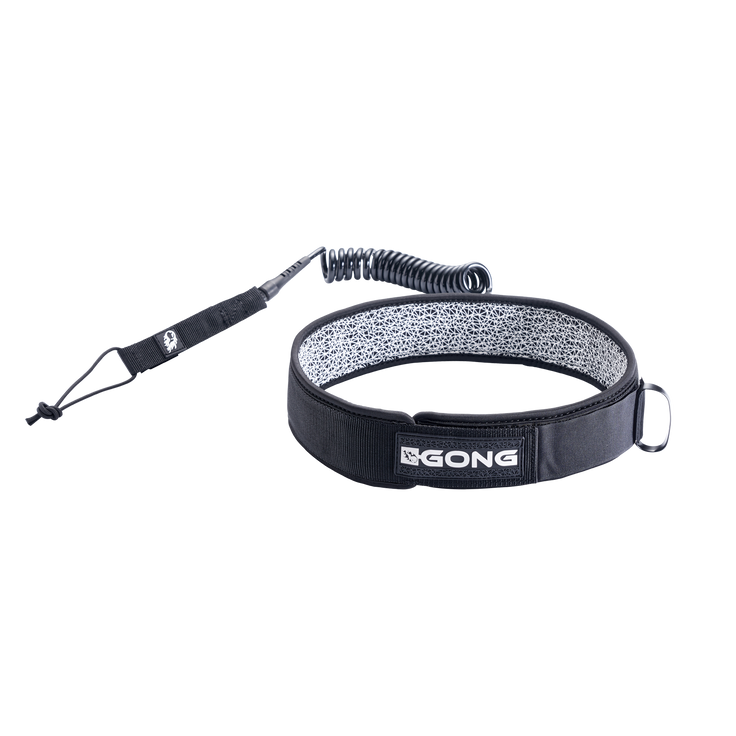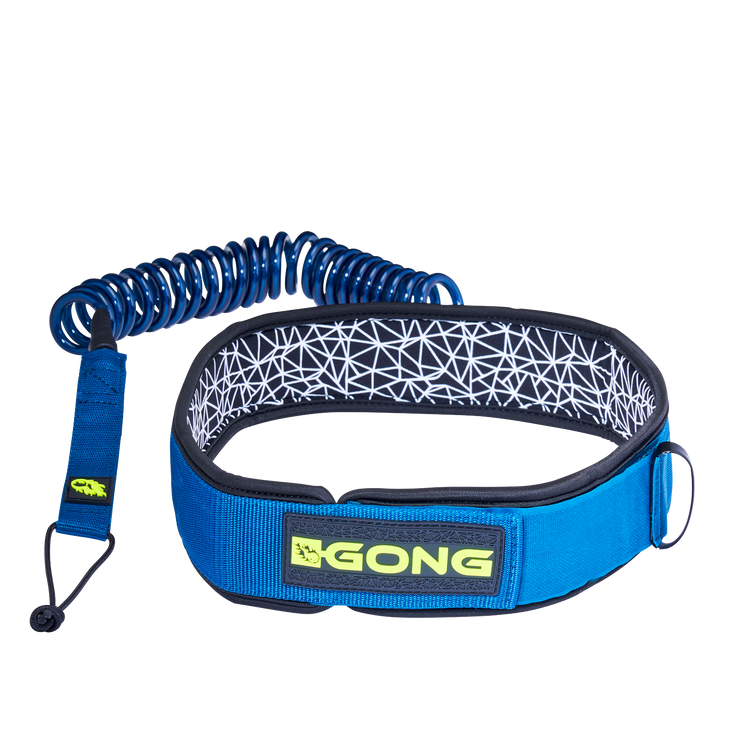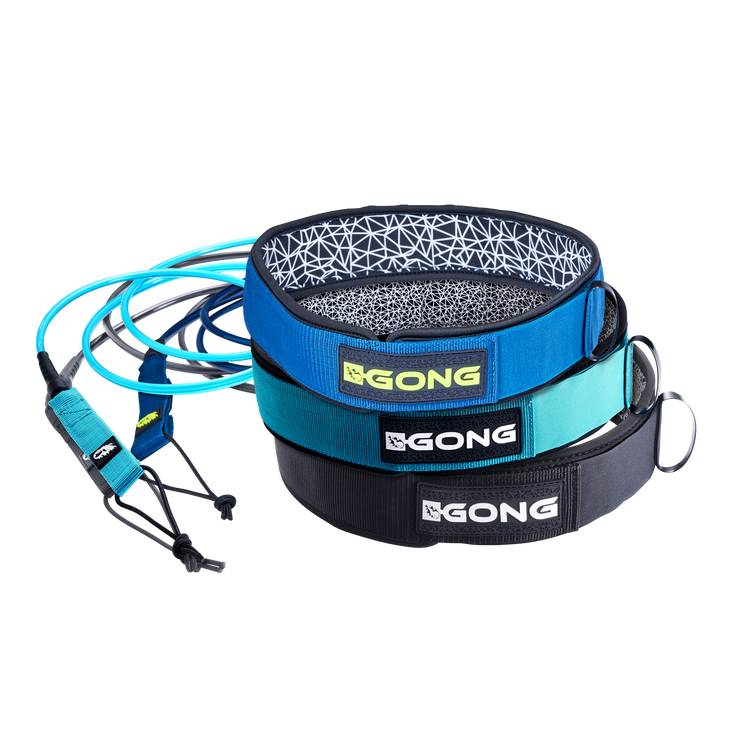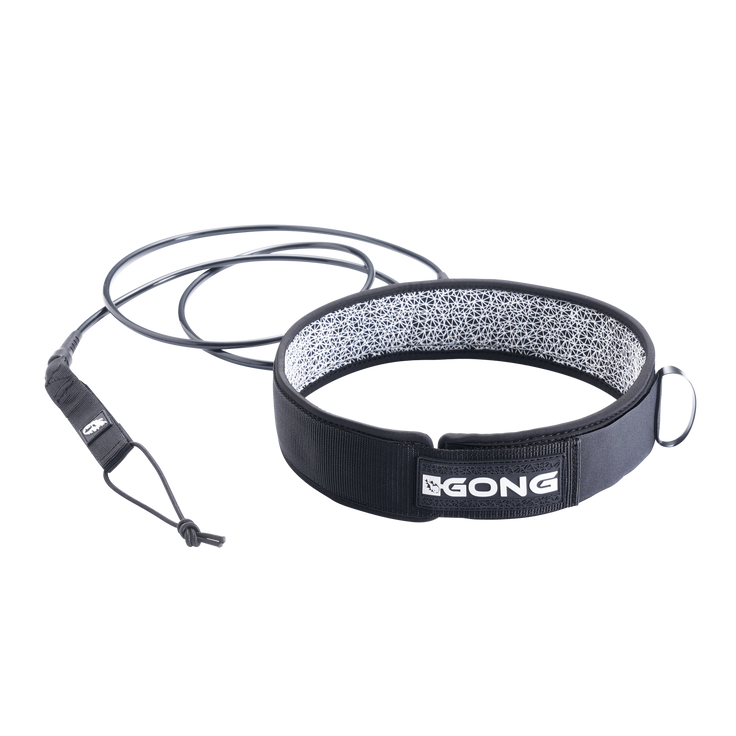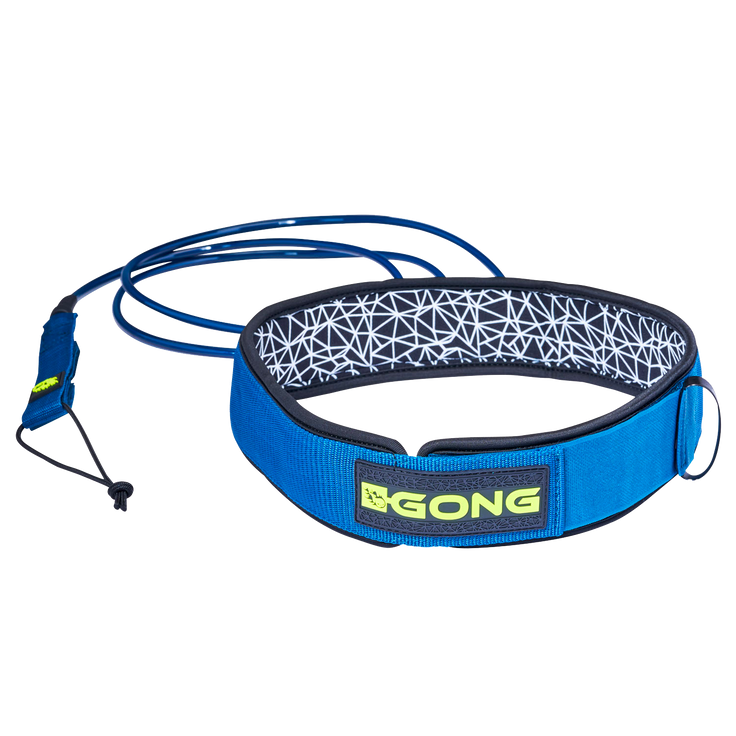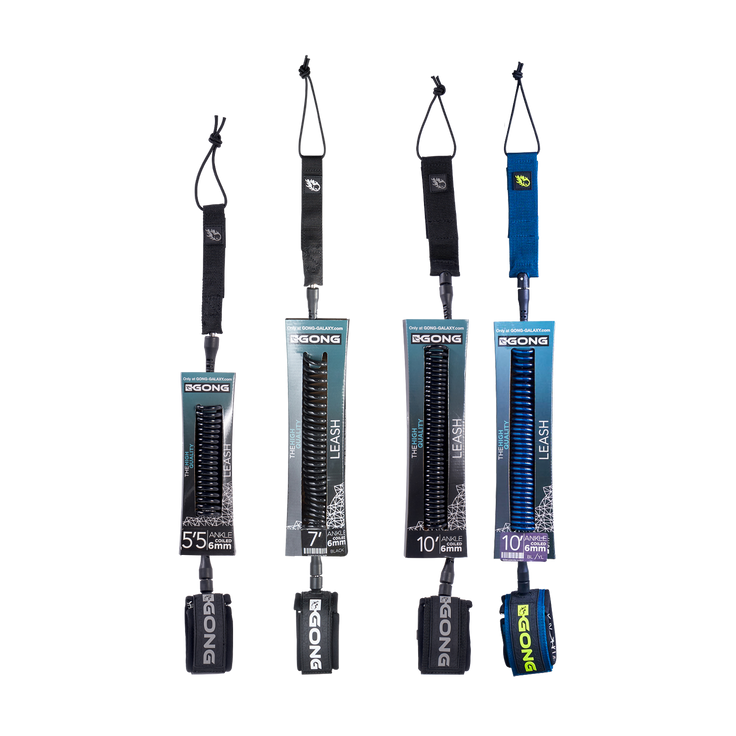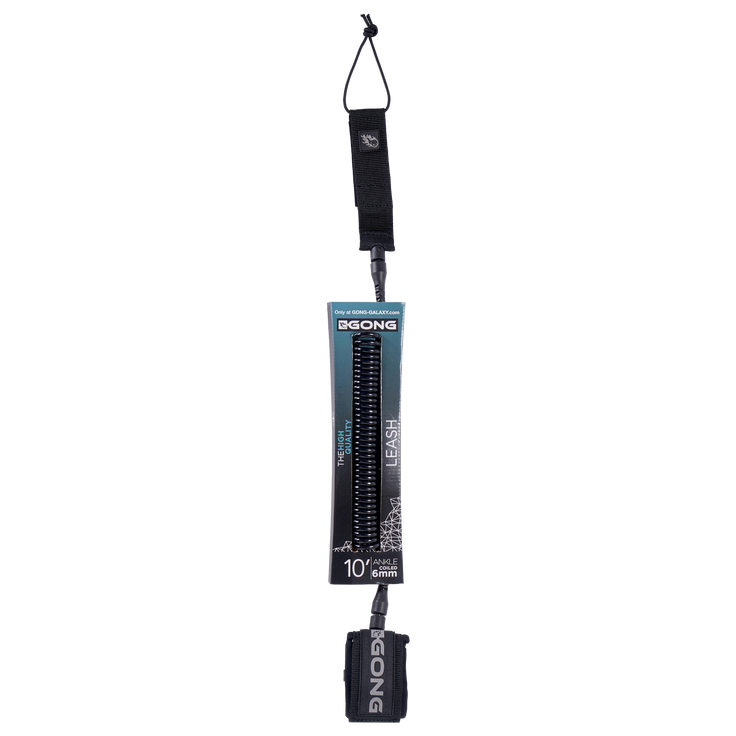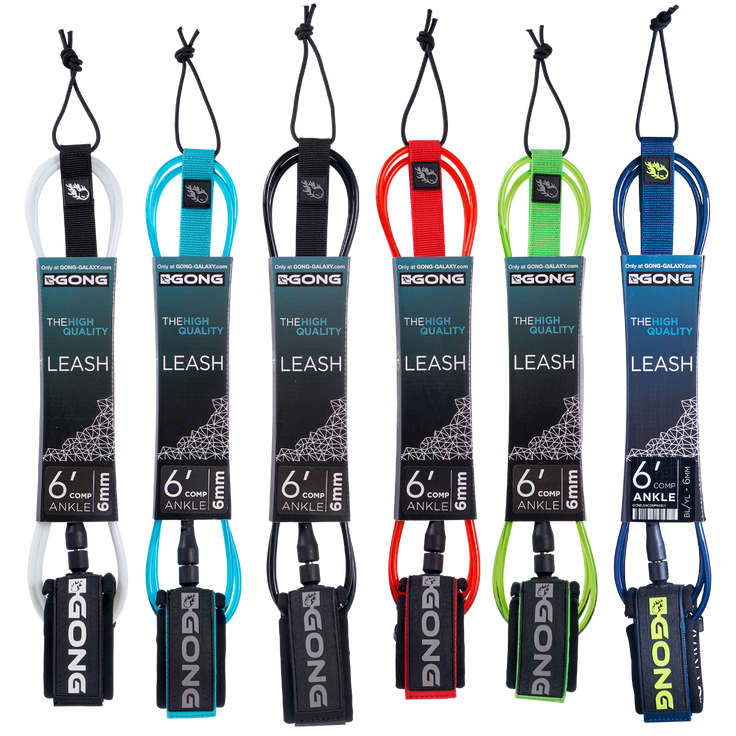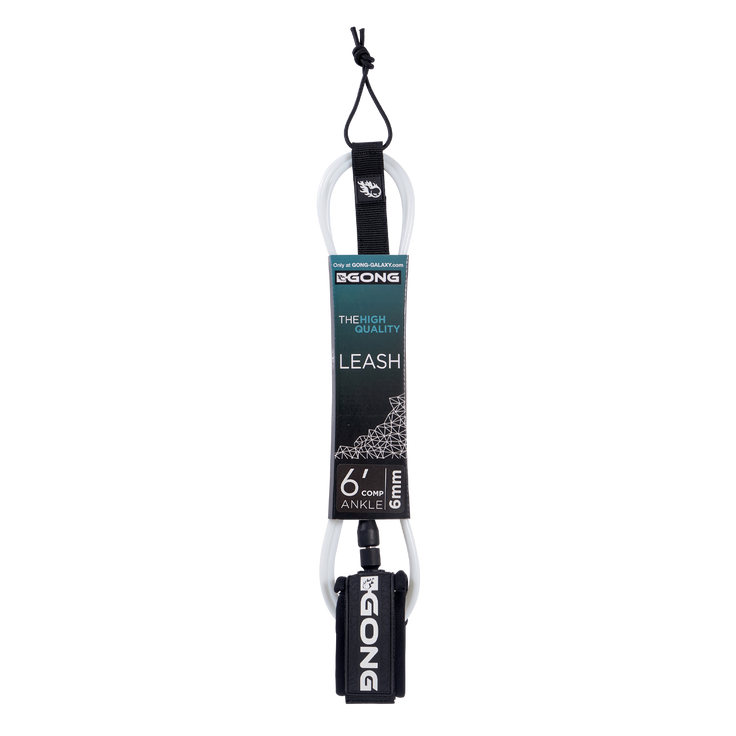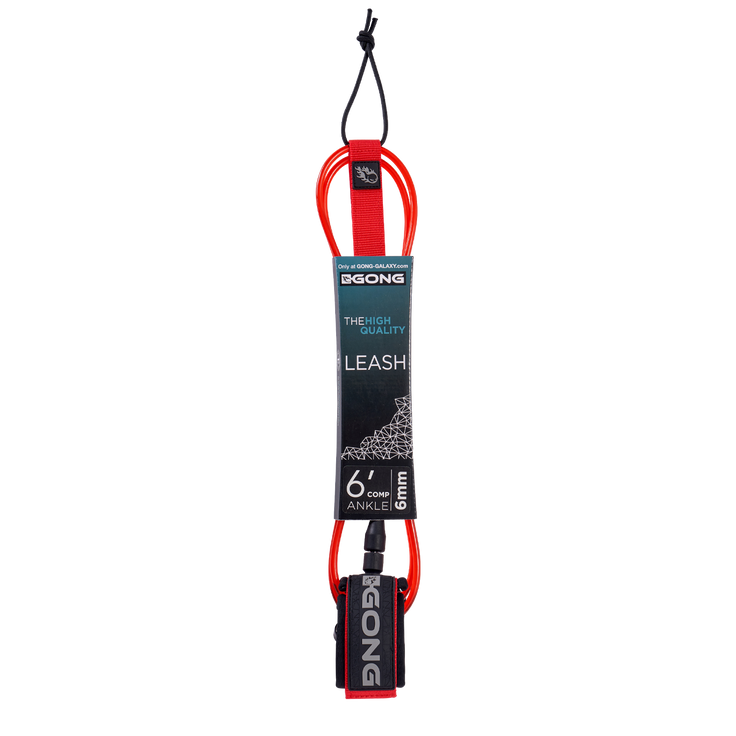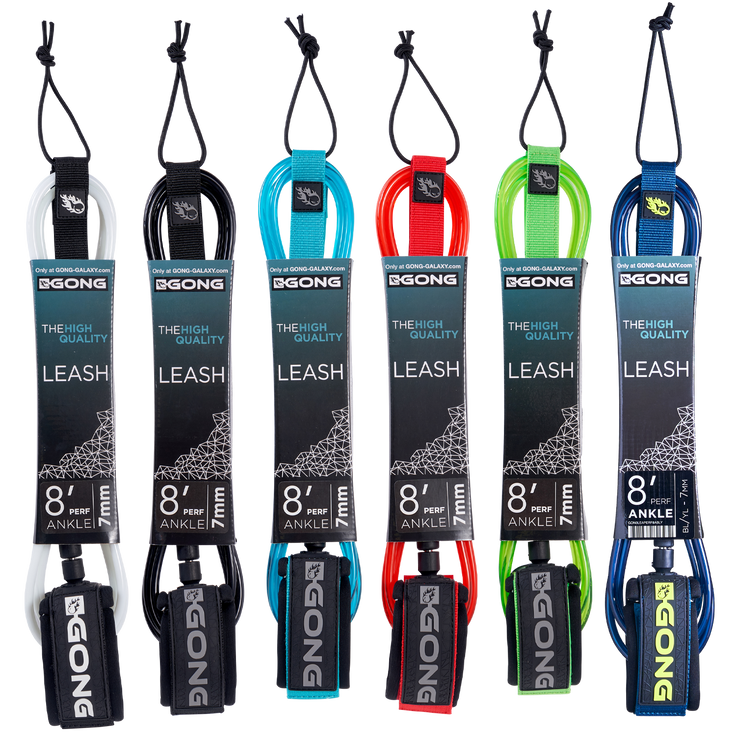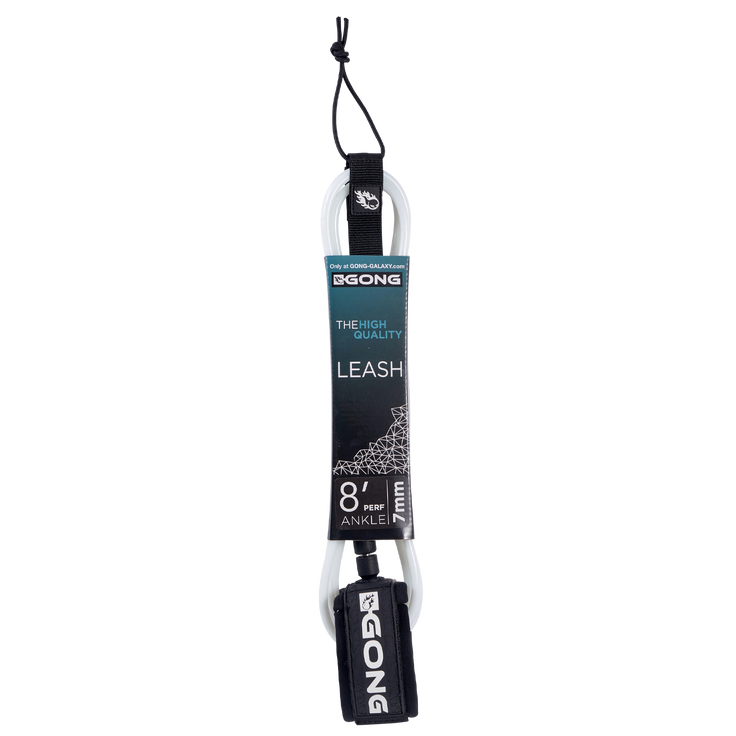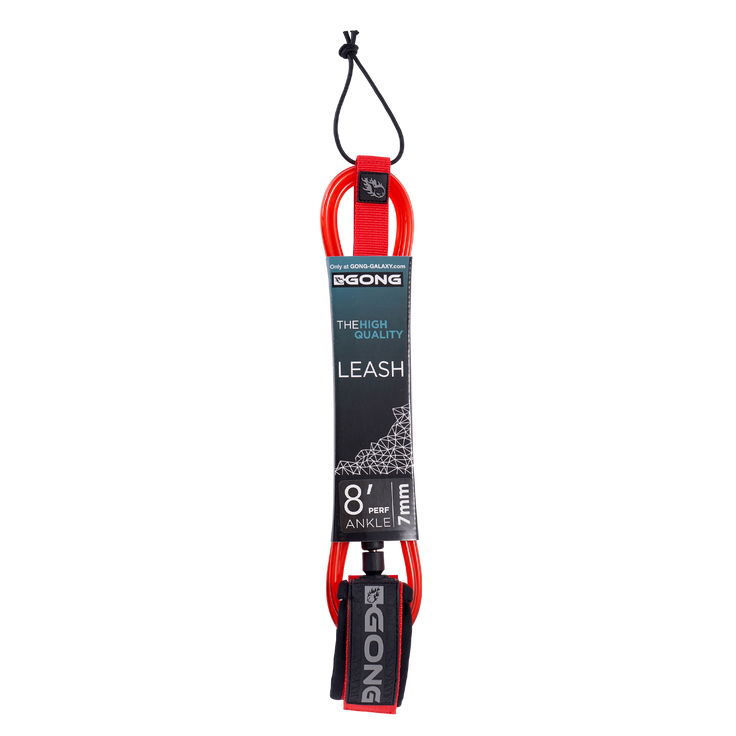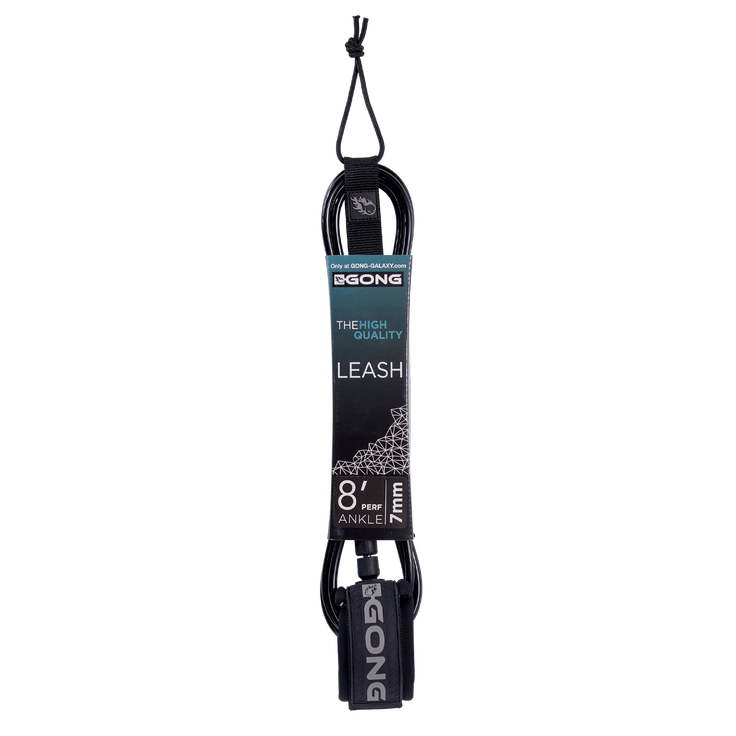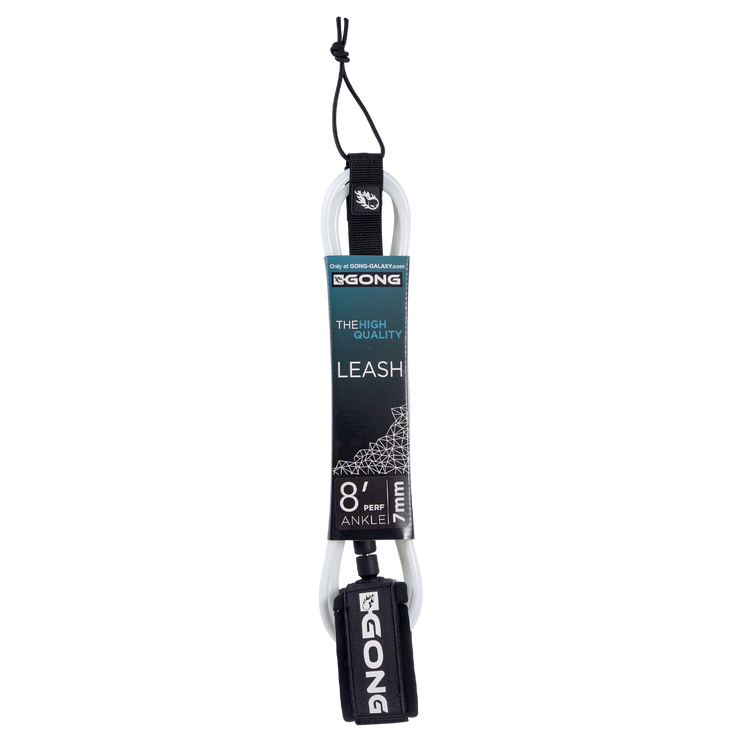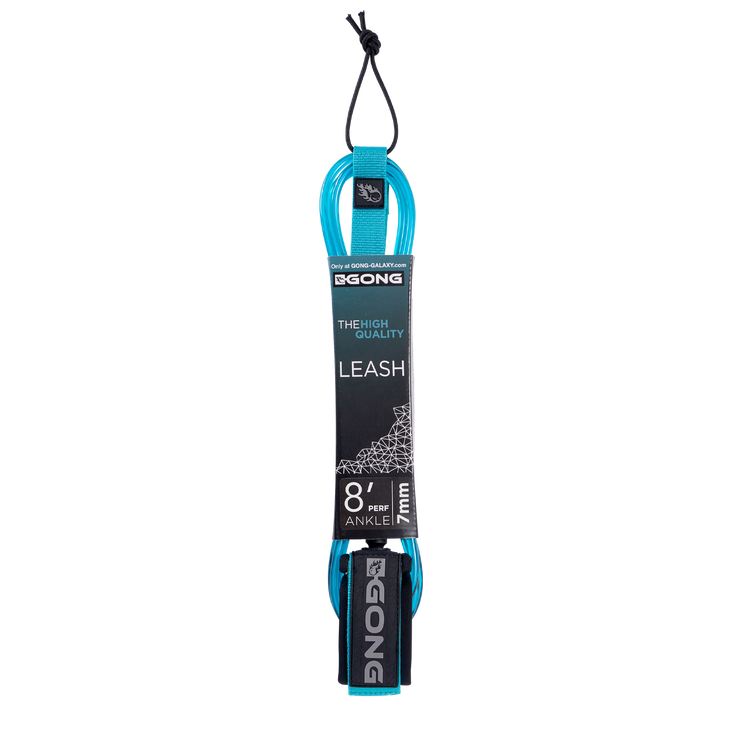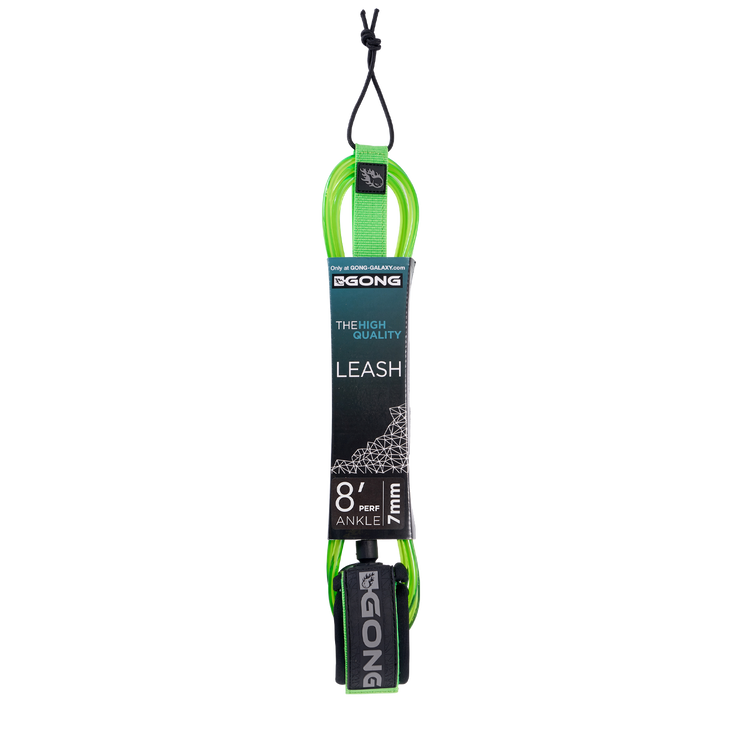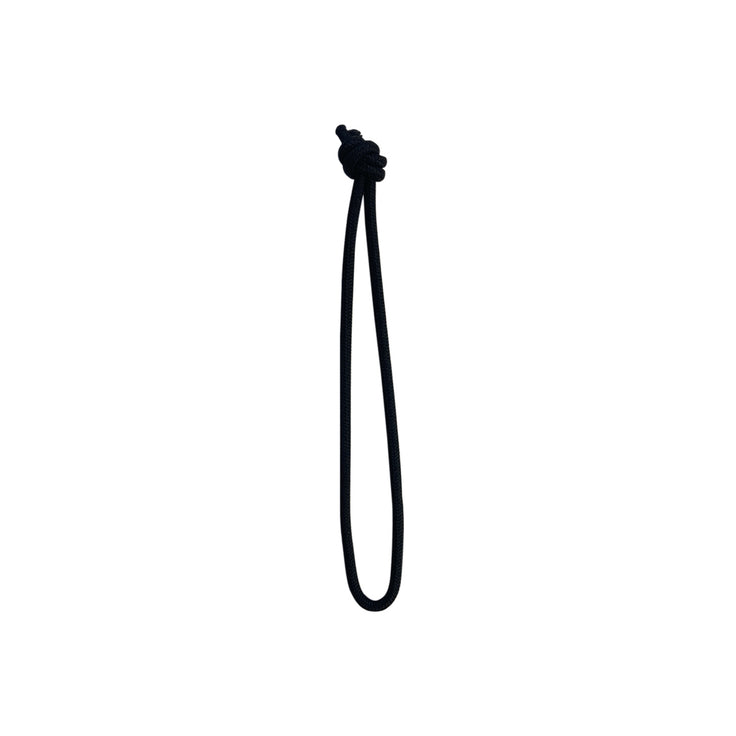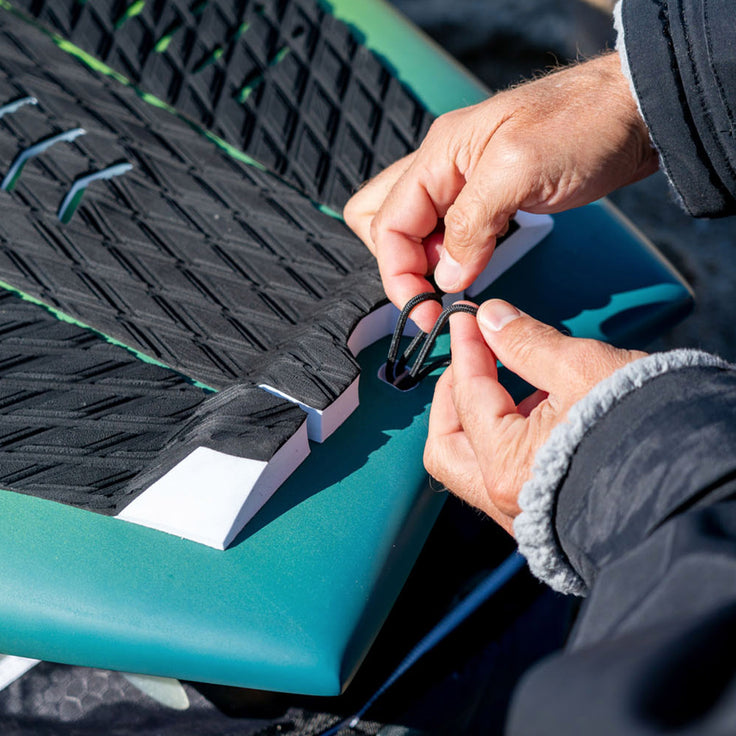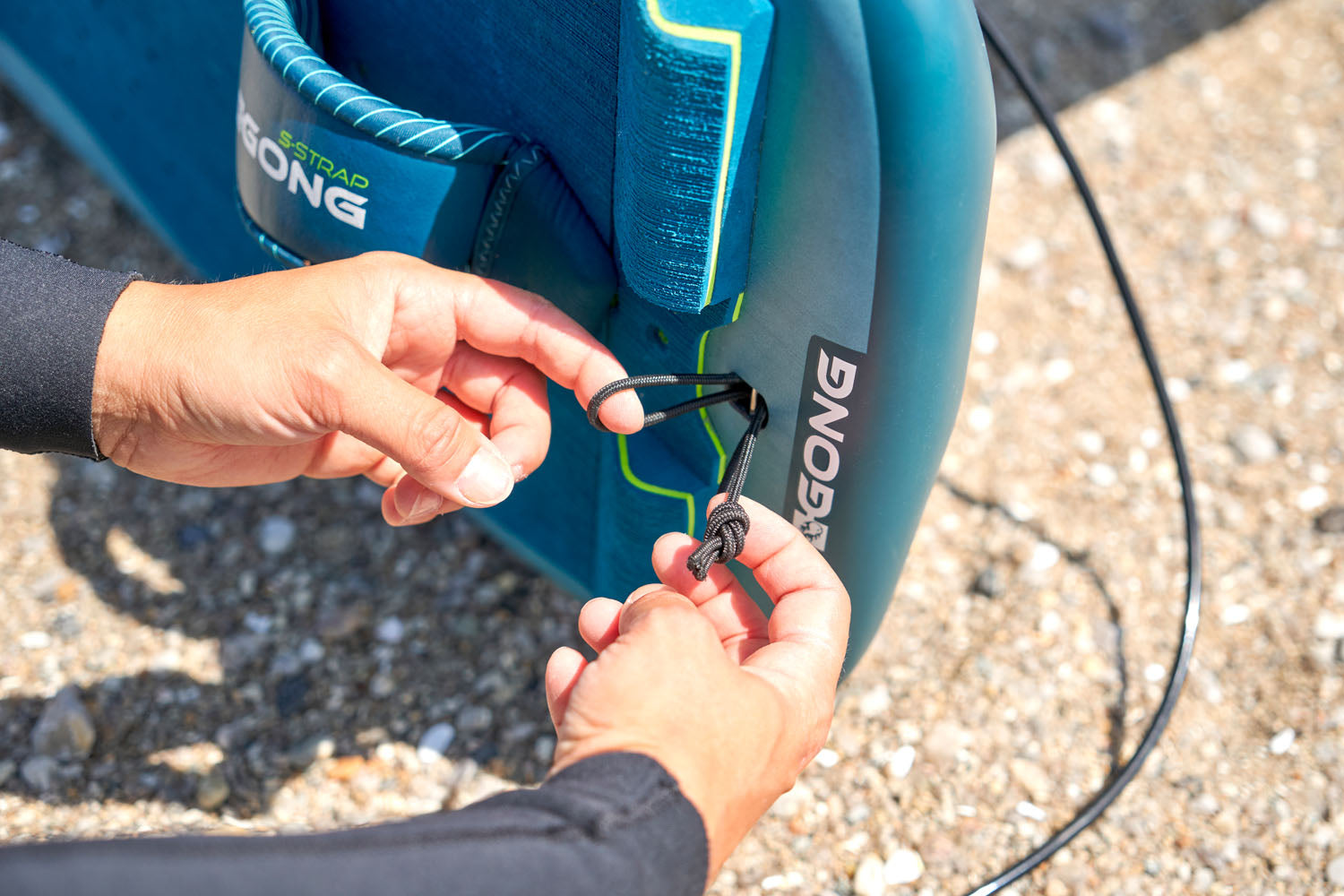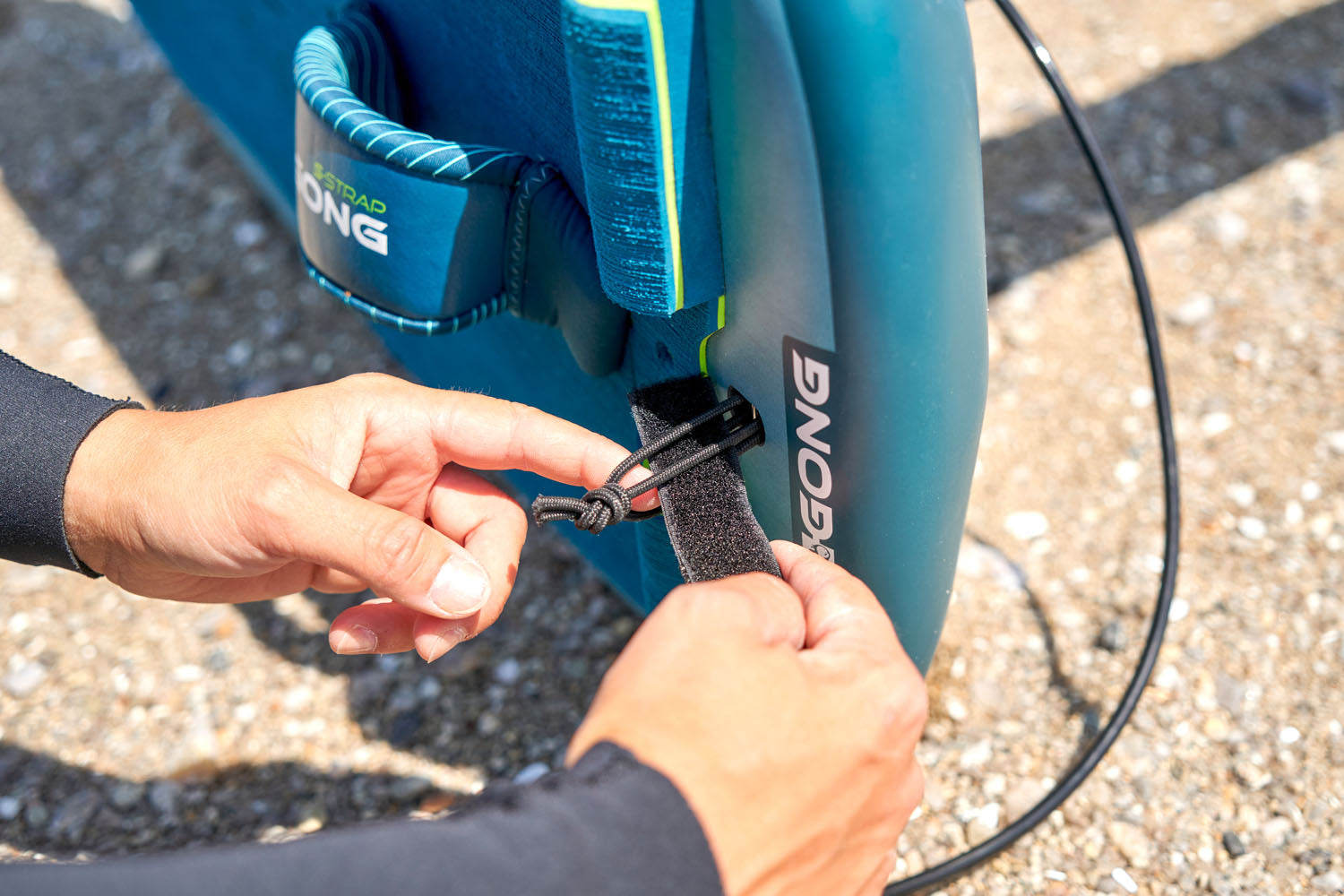heart
heart-full
heart
heart-full
Foil Leash Belt Adjustable Coiled - 7mm
Coiled belt leash, one-size adjustable, for foil and wing.
Regular Price
39€
Sale Price
39€Regular Price
heart
heart-full
heart
heart-full
Foil Leash Belt Adjustable Perf - 7mm
Belt leash, one-size adjustable, for foil and wing.
Regular Price
39€
Sale Price
39€Regular Price
heart
heart-full
heart
heart-full
Foil Leash Belt Coiled - 7mm
Coiled belt leash for foil and wing.
Regular Price
29,90€
Sale Price
29,90€Regular Price
heart
heart-full
heart
heart-full
Foil Leash Belt Perf - 7mm
Belt leash for foil and wing.
Regular Price
29,90€
Sale Price
29,90€Regular Price
heart
heart-full
heart
heart-full
SUP Ankle Leash Coiled - 6mm
Leash dedicated to cruising and racing, with no drag in the water.
Regular Price
19,90€
Sale Price
19,90€Regular Price
heart
heart-full
heart
heart-full
Leash Quick Release Coiled
Quick-release wing leash, designed to clip easily onto the harness.
Regular Price
25€
Sale Price
25€Regular Price
heart
heart-full
heart
heart-full
Leash Quick Release
Quick-release wing leash, designed to clip easily onto the harness.
Regular Price
25€
Sale Price
25€Regular Price
heart
heart-full
heart
heart-full
Surf Comp Ankle Leash - 6mm
Thin and lightweight shortboard leash for reduced drag.
Regular Price
19,90€
Sale Price
19,90€Regular Price
heart
heart-full
heart
heart-full
Surf / SUP Perf Ankle Leash - 7mm
Strong and high-performance all-around leash for small to medium waves.
Regular Price
19,90€
Sale Price
19,90€Regular Price
heart
heart-full
heart
heart-full
Creatures of Leisure
Foil Coiled Belt Leash 8' - 8mm
Belt leash designed for foil!
Regular Price
50€
Sale Price
50€Regular Price
heart
heart-full
heart
heart-full
Creatures of Leisure
Surf Leash Foil Coiled Ankle 6' - 7mm
Specifically designed for foil surfing and SUP foil!
Regular Price
45€
Sale Price
45€Regular Price
heart
heart-full
heart
heart-full
Harness Hook For Leash Belt
Release your arms with a hook on your leash belt.
Regular Price
10€
Sale Price
10€Regular Price
15€
heart
heart-full
heart
heart-full
Leash Quick Release
Quick-release wing leash, designed to clip easily onto the harness.
Regular Price
19€
Sale Price
19€Regular Price
25€
heart
heart-full
heart
heart-full
Foil Leash Belt Adjustable Perf - 7mm
Belt leash, one-size adjustable, for foil and wing.
Regular Price
19,50€
Sale Price
19,50€Regular Price
39€
heart
heart-full
heart
heart-full
Foil Leash Belt Coiled - 7mm
Coiled belt leash for foil and wing.
Regular Price
14,95€
Sale Price
14,95€Regular Price
29,90€
heart
heart-full
heart
heart-full
Foil Leash Belt Perf - 7mm
Belt leash for foil and wing.
Regular Price
12€
Sale Price
12€Regular Price
29,90€
heart
heart-full
heart
heart-full
SUP Coiled Ankle Leash - 6mm
Leash dedicated to cruising and racing, with no drag in the water.
Regular Price
9,95€
Sale Price
9,95€Regular Price
19,90€
heart
heart-full
heart
heart-full
Surf Comp Ankle Leash - 6mm
Thin and lightweight shortboard leash for reduced drag.
Regular Price
9,95€
Sale Price
9,95€Regular Price
19,90€
heart
heart-full
heart
heart-full
Surf / SUP Perf Ankle Leash - 7mm
Strong and high-performance all-around leash for small to medium waves.
Regular Price
9,95€
Sale Price
9,95€Regular Price
19,90€
heart
heart-full
heart
heart-full
Leash Cord
String to attach to the plug for securing your leash.
Regular Price
1€
Sale Price
1€Regular Price
